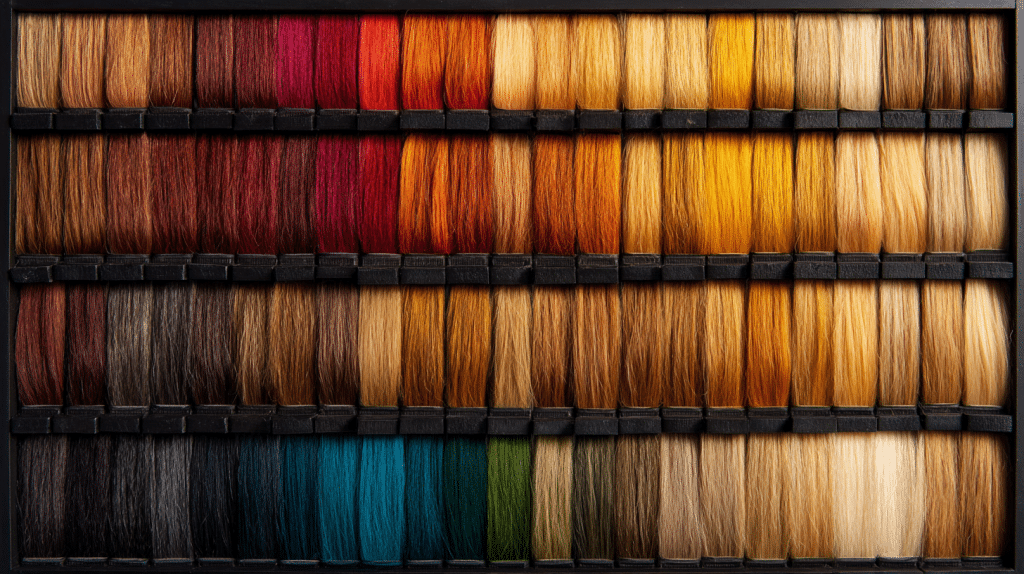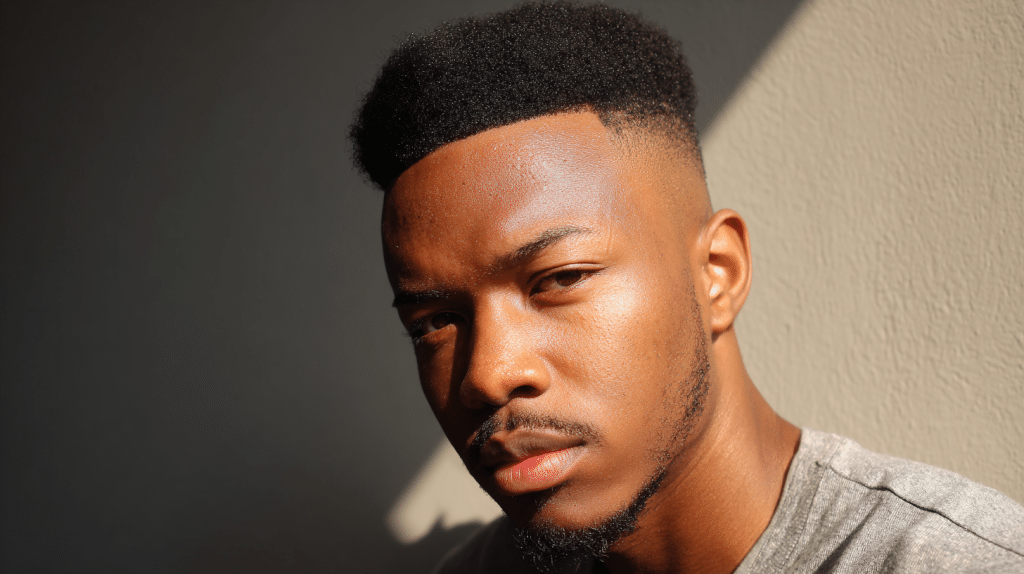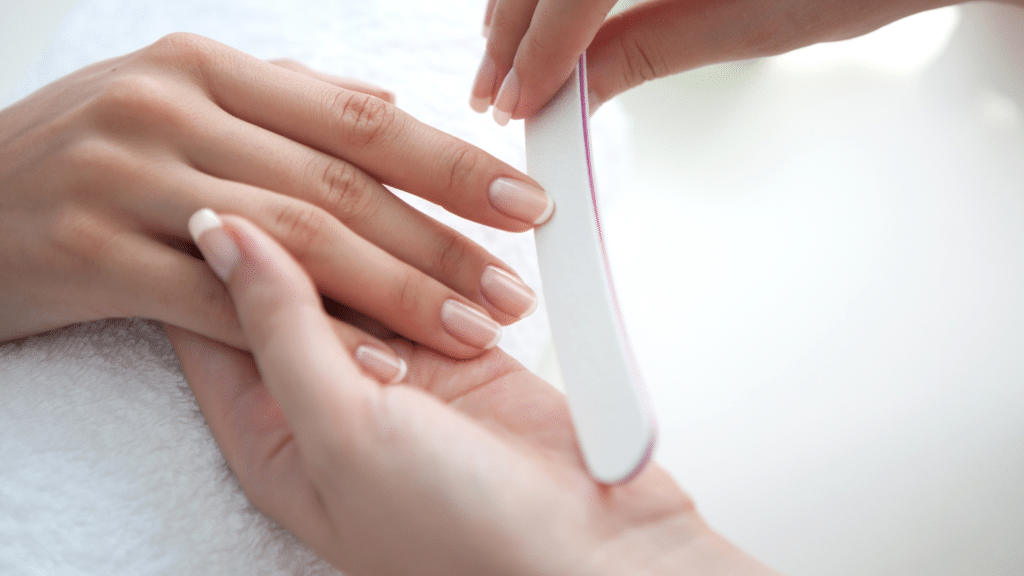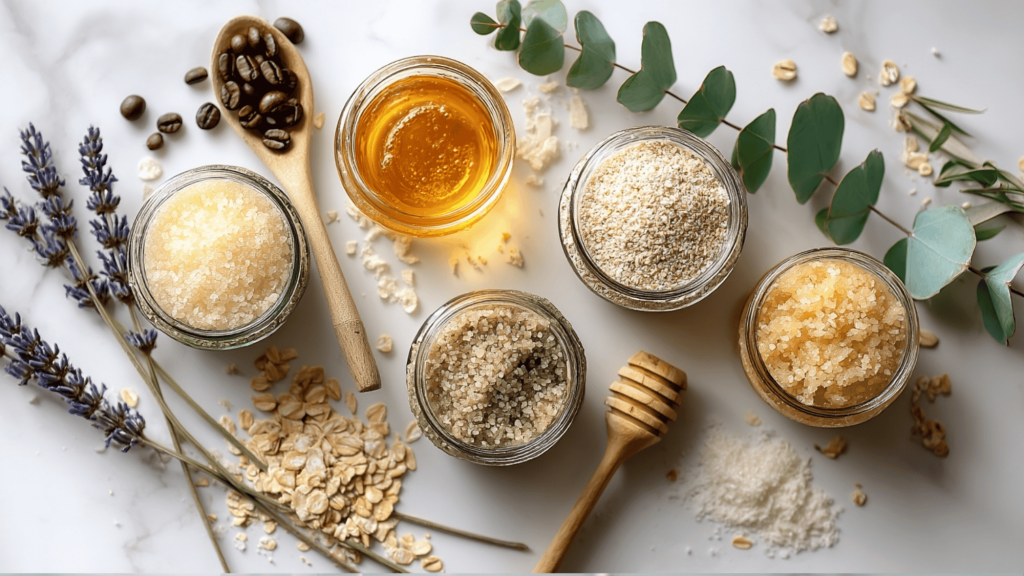Ever walked into a salon feeling overwhelmed by endless hair color options?
You’re not alone. The secret to getting the exact hair color you want lies in understanding how to read a hair colour chart. These aren’t just pretty displays of colors; they’re your roadmap to hair color success.
Think of a hair colour chart as your translator between “I want something blonde-ish” and the precise shade that will make you feel incredible.
Popular brands like CPR, Wella, The Shade, and Lakmé Chroma each have their systems, but once you crack the code, you’ll never feel lost in a sea of color options again.
This guide will change you from a confused color chooser into someone who walks into any salon knowing precisely what they want and how to achieve it.
What Is a Hair Color Chart?
A hair color chart is a visual guide that displays different hair shades organized by lightness and tone.
It’s like a menu for hair colors, showing everything from platinum blonde to jet black in an easy-to-understand format.
These charts help you communicate precisely what color you want to your stylist. Instead of saying “light brown,” you can point to a specific shade and eliminate confusion about your desired result.
Key benefits:
- Shows actual color results, not guesswork
- Helps compare shades side by side
- Provides exact color formulas for stylists
Different brands create their charts with unique numbering systems, but they all organize colors by their lightness or darkness and the undertones they possess.
Understanding these charts helps you make better hair color decisions.
Understanding Hair Colour Charts and Numbering Systems
Hair color charts use a clear and structured system to help you select the right shade based on level (lightness or darkness) and tone (the hue or reflect of the color).
Learning this simple numbering system eliminates the guesswork in choosing hair colors and enables you to communicate precisely what you want to your stylist.
Hair Colour Levels
The levels represent how light or dark a colour is. They range from 1 (black) to 8 (the darkest blonde), with each level corresponding to a certain depth of color.
| Level | Description |
|---|---|
| 1 | Black |
| 2 | Very Dark Brown |
| 3 | Dark Brown |
| 4 | Medium Brown |
| 5 | Light Brown |
| 6 | Dark Blonde |
| 7 | Medium Blonde |
| 8 | Light Blonde |
| 9 | Very Light Blonde |
| 10 | Platinum Blonde |
Tone Indicators
The tone of a hair colour is indicated by numbers after the decimal point (e.g., 12.111). These numbers show the underlying hue or reflection of the colour:
| Tone | Description |
|---|---|
| .0 | Natural (no added tone) |
| .1 | Ash (cool tone) |
| .2 | Pearl (cool, violet tone) |
| .3 | Gold (warm tone) |
| .4 | Copper (red-orange undertone) |
| .5 | Mahogany (deep red tone) |
Examples:
- 12. Blonde with no additional tones
- 12.11Blonde with a cool, ash undertone
Developer Strengths
The developer (measured in volumes or vol) used in hair colour determines how much the colour will lift or deposit pigment in your hair. The strength of the developer affects the result:
| Developer | Strength | Use |
|---|---|---|
| 5vol | 1.5% | Toning, minimal lift |
| 10vol | 3% | Permanent colour level-on-level |
| 20vol | 6% | Standard for permanent colour, 1-2 levels of lift |
| 30vol | 9% | 3 levels of lift |
| 40vol | 12% | High lift blondes (up to 4 levels) |
About Hair Colour Tones
Hair tones refer to the underlying shades that influence the overall appearance of your hair colour. When you look at a hair colour chart, you’ll see a mix of these tones:
1. Warm Tones: These shades have yellow, orange, or red undertones. They tend to make hair copper, golden, or reddish. Examples include golden blondes and auburn reds.
2. Cool Tones: These have blue, violet, or ash undertones, giving the hair a more neutral or icy look. Ash blondes and cool browns are examples of cool tones.
3. Neutral Tones: Neutral tones are a mix of both warm and cool tones. These shades create a balanced look and are not overly warm or cool. A neutral blonde, for instance, might have both gold and ash hues.
Each tone has its unique characteristics. Below are some of the most popular tones and their corresponding numbering systems.
Natural Tones (.0)
Natural tones have no added reflect, giving your hair an accurate colour result that’s neither warm nor cool. These tones are great for those looking for a true-to-life colour.
| Level | Colour | Description |
|---|---|---|
| 1 | Natural Black | A true black, no added warmth or coolness |
| 3 | Natural Dark Brown | Deep, rich brown with no additional tones |
| 6 | Natural Dark Blonde | A dark blonde with balanced warmth |
| 9 | Natural Very LightBlondee | Light blonde with a natural finish |
Ash Tones (.1)
Ash tones are cool tones with a subtle blue or green undertone, perfect for neutralising warmth in blonde or brown hair. These tones are ideal for those who want a cooler, more modern look.
| Level | Colour | Description |
|---|---|---|
| 7 | Ash Blonde | A fabulous blonde with a subtle grey undertone |
| 8 | Ash LightBlondee | Light blonde with cool undertones, incredible for neutral looks |
| 10 | Ash Platinum Blonde | A platinum blonde with strong ash undertones |
Gold Tones (.3)
Gold tones add warmth and richness to your hair colour. They create a sunny, golden hue that is perfect for those who want a bright, vibrant look.
| Level | Colour | Description |
|---|---|---|
| 6 | Golden Blonde | A dark blonde with rich golden undertones |
| 8 | Golden Light Blonde | A bright, golden blonde with a sunny finish |
| 9 | Very Light Golden Blondede | SofBlonde with a golden touch adds warmth to your look |
Copper Tones (.4)
Copper tones bring a fiery red-orange undertone to the hair. This vibrant tone is perfect for those seeking a bold and striking look.
| Level | Colour | Description |
|---|---|---|
| 4 | Copper Brown | Deep brown with bright, copper undertones |
| 5 | Copper Light Brown | Medium brown with a vivid copper hue |
| 7 | Copper Blonde | A rich, copper-toned blonde |
Mahogany Tones (.5)
Mahogany tones are characterized by deep reds with violet undertones, resulting in a vibrant color. These tones are perfect for adding depth and warmth to your hair.
| Level | Colour | Description |
|---|---|---|
| 3 | Mahogany Red | A deep, red-brown with a violet undertone |
| 6 | Mahogany Blonde | A dark blonde with a rich, reddish violet hue |
| 8 | Mahogany Light Blonde | A medium blonde with rich mahogany tones |
Hair Colour Charts: Understanding the Best Brands
Hair colour charts are essential tools for anyone looking to experiment with different shades of hair.
They provide a clear visual representation of the available shades from different brands, making it easier to choose the perfect hue for your hair.
Each of these brands has its system for numbering, categorizing, and showcasing hair colours to meet diverse hair needs.
1. CPR Colour Chart
CPR Hair Colour offers a wide variety of shades, ideal for those seeking high-quality colour and long-lasting results.
The CPR system uses natural technology and micro-pigments to offer rich, vibrant hues while being gentle on the hair. It is especially popular in Australia.
-
Range: CPR’s colour chart includes 137 colours, ranging from blondes to dark browns, with various tonal options.
-
Ammonia-Free: Many shades in CPR are ammonia-free, making them a gentler option for sensitive scalps.
-
Numbering System: CPR follows a level-based system, with shades numbered from 1 (darkest black) to 6 (lightest). They also incorporate a Colour Bonding System for color preparation and aftercare.
CPR Hair Colour Chart Example:
| Level | Colour Name | Description |
|---|---|---|
| 10 | Light Blonde | ry palBlonde with minimal warmth. |
| 6 | Dark Blonde | A natural blonde with slight wBlack. |
| 1 | Black | Deep, intense black. |
| 5 | Light Brown | Light brown with soft golden undertones. |
2. Wella Colour Chart
Wella is a renowned brand in the professional hair colouring industry.
Their colour charts are widely used by hairstylists worldwide, offering a vast range of colours suited for various hair types.
-
Range: Wella’s chart includes both permanent and semi-permanent colours, with a focus on natural tones, vibrant fashion shades, and toners.
-
Numbering System: Wella’s numbering system is widely recognized. The first number indicates the level of darkness, while the second number denotes the tone. For example, 8/1 is a light blonde ash.
Wella Hair Colour Chart Example:
| Level | Colour Name | Description |
|---|---|---|
| 10 | Lightest Blonde | Platinum blonde with ash undertones. |
| 7 | Blonde | Medium blonde with golden undertones. |
| 4 | Dark Brown | Rich brown with neutral undertones. |
| 3 | Light Brown | Light brown with a warm, golden base. |
3. The Shade Hair Colour Chart
The Shade hair colour chart is ideal for those seeking modern, high-quality results. The brand is known for its extensive selection of colours that caters to both professional salons and at-home users.
-
Range: The Shade offers a variety of shades that range from rich brunettes to subtle blondes, with a special emphasis on neutral and ash shades.
-
Numbering System: The Shade typically uses a two-number system, where the first number denotes the level and the second number indicates the tone (for example, light blonde with ash undertones).
The Shade Hair Colour Chart Example:
| Level | Colour Name | Description |
|---|---|---|
| 8 | LighBlondede | PalBlondede with ash undertones. |
| 4 | Dark Brown | Warm dark brown. |
| 5 | Light Brown | Medium brown with golden undertones. |
| 2 | Darkest Black | Deep black with no warmth. |
4. Lakmé Chroma Hair Colour Chart
Lakmé Chroma is known for offering professional hair colours with a rich selection of shades that deliver brilliant results while nourishing the hair.
It’s a popular choice for stylists looking to create vibrant, long-lasting colour.
-
Range: The Lakmé Chroma Colour Chart encompasses shades ranging from blondes to brunettes, reds, and even specialty colours, such as pastels and vibrant hues.
-
Numbering System: Lakmé uses a similar numbering system, with levels ranging from 1 (black) to 10 (light). A tonal indicator follows each level.
Lakmé Chroma Hair Colour Chart Example:
| Level | Colour Name | Description |
|---|---|---|
| 9 | LighBlondedeSofBlonde | e with beige undertones. |
| 5 | Light Brown | Medium light brown with soft golden undertones. |
| 7 | MediuBlondede | WarBlonde with a neutral tone |
| blackest black | Deep, rich black. |
How the Hair Colour Numbering System Works
Each brand follows a basic system of numbering its hair colours, but there are slight differences between them. The general idea remains the same, making it easier to find and understand the shade you want.
-
First Digit (Level): The first digit in the number system represents the depth or level of the colour, typically ranging from 1 (Black) to Blondedeedlight Blondedeede). The higher the number, the lighter the colour.
-
1: Black
-
5: Light Brown
-
10: Light Blonde
-
-
Second Digit (Tone): The second number or the digits after the decimal point represent the tone or reflect the colour. Some common tonal notations include:
-
.0: Natural (no reflect)
-
.1: Ash (cool)
-
.3: Gold
-
.4: Copper
-
.6: Red
-
.7: Violet
-
Example:
-
6.3: A dark blonde (level 6) with golden undertones.
-
9.1: A light blonde (level 9) with ash undertones.
Popular Hair Colors
Choosing the perfect hair color from the numerous options available can feel overwhelming, but understanding your choices makes the decision much easier.
This collection showcases the most popular hair colors, from classic natural shades to bold fashion statements, helping you find the exact color that matches your style and personality.
1. Roma Blonde (10NVA)
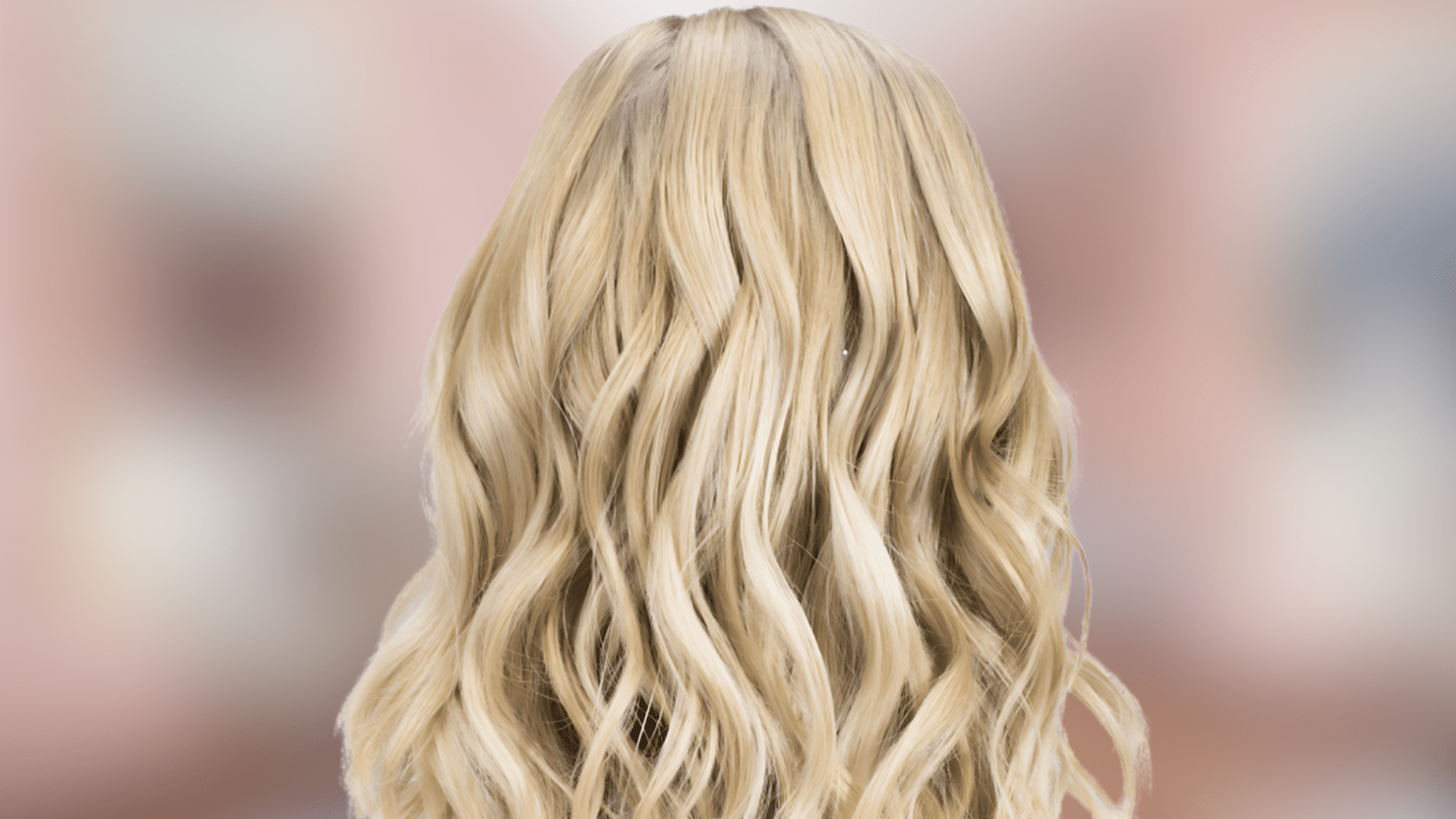
Roma Blonde is a light-toned blonde with purple and blue undertones. It gives a smoky, icy blonde look by removing warm pigments, resulting in a natural light blonde appearance.
-
Best for: Blending grays, pale skin tones, and light eyes.
-
Perfect for: Cool, pale skin tones.
2. Ash Blonde (7.1)
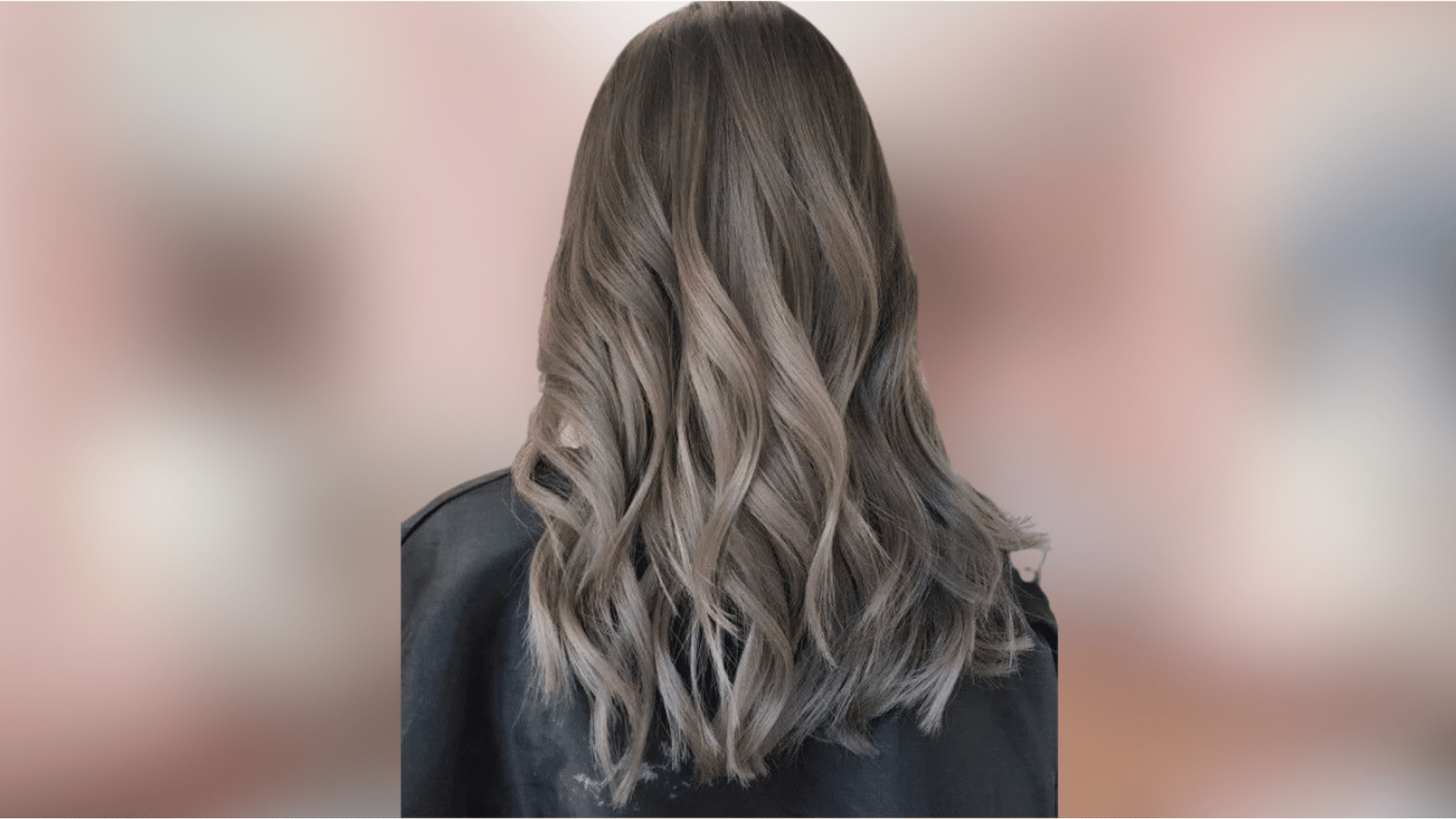
Ash Blonde has grey undertones that neutralize warmth, making it a cool and sleek shade. It’s ideal for achieving a sophisticated, icy finish without brassiness.
-
Best for: Neutralizing brassiness.
-
Perfect for: Cool to neutral skin tones.
3. Golden Blonde (6.3)
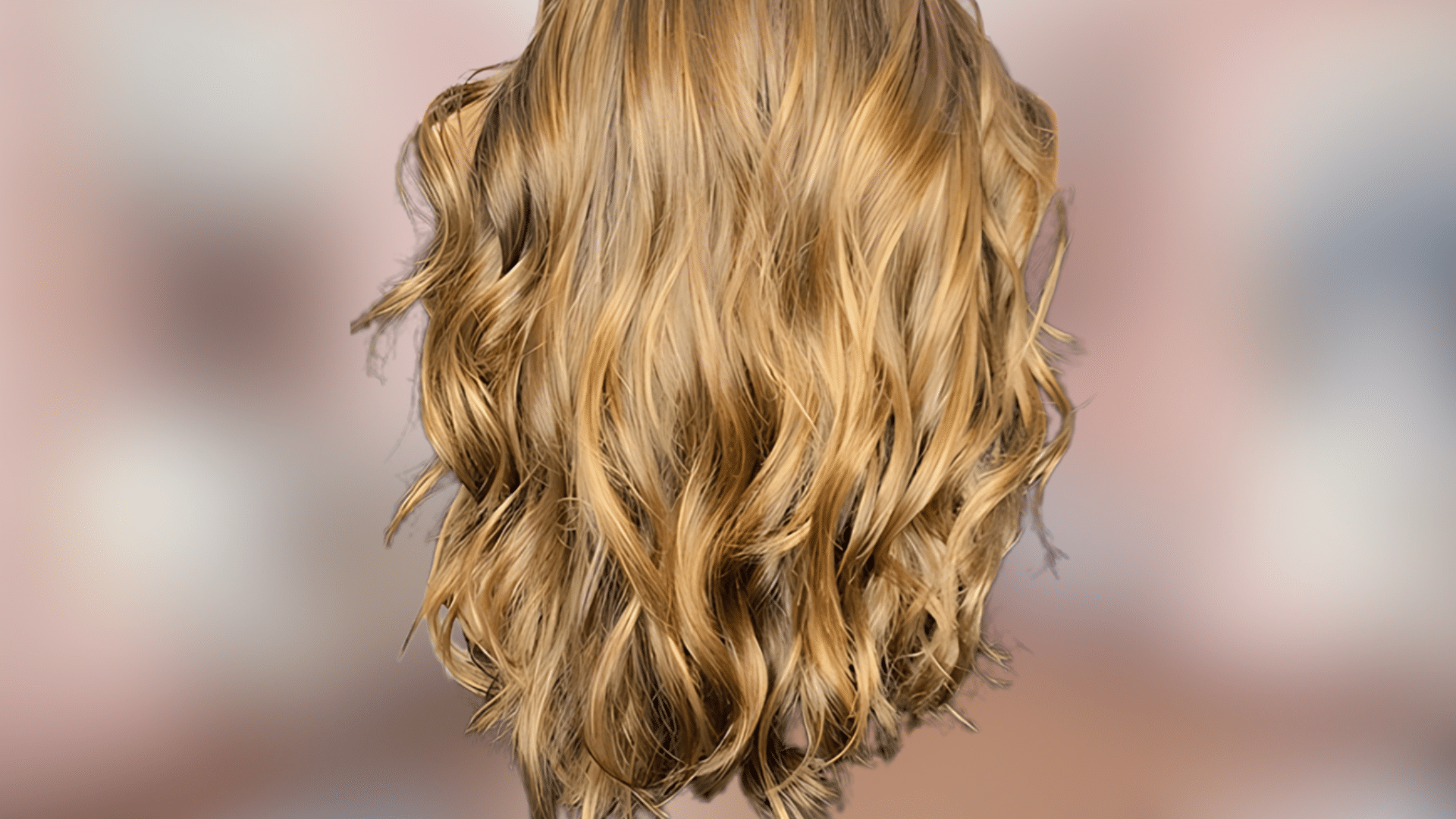
Golden Blonde provides a bright, radiant finish with golden undertones. It’s perfect for creating a warm, sunny blonde shade.
-
Best suited for: Warm skin tones and those with golden undertones.
-
Perfect for: Medium to dark complexions.
4. Honey Blonde (8.3)
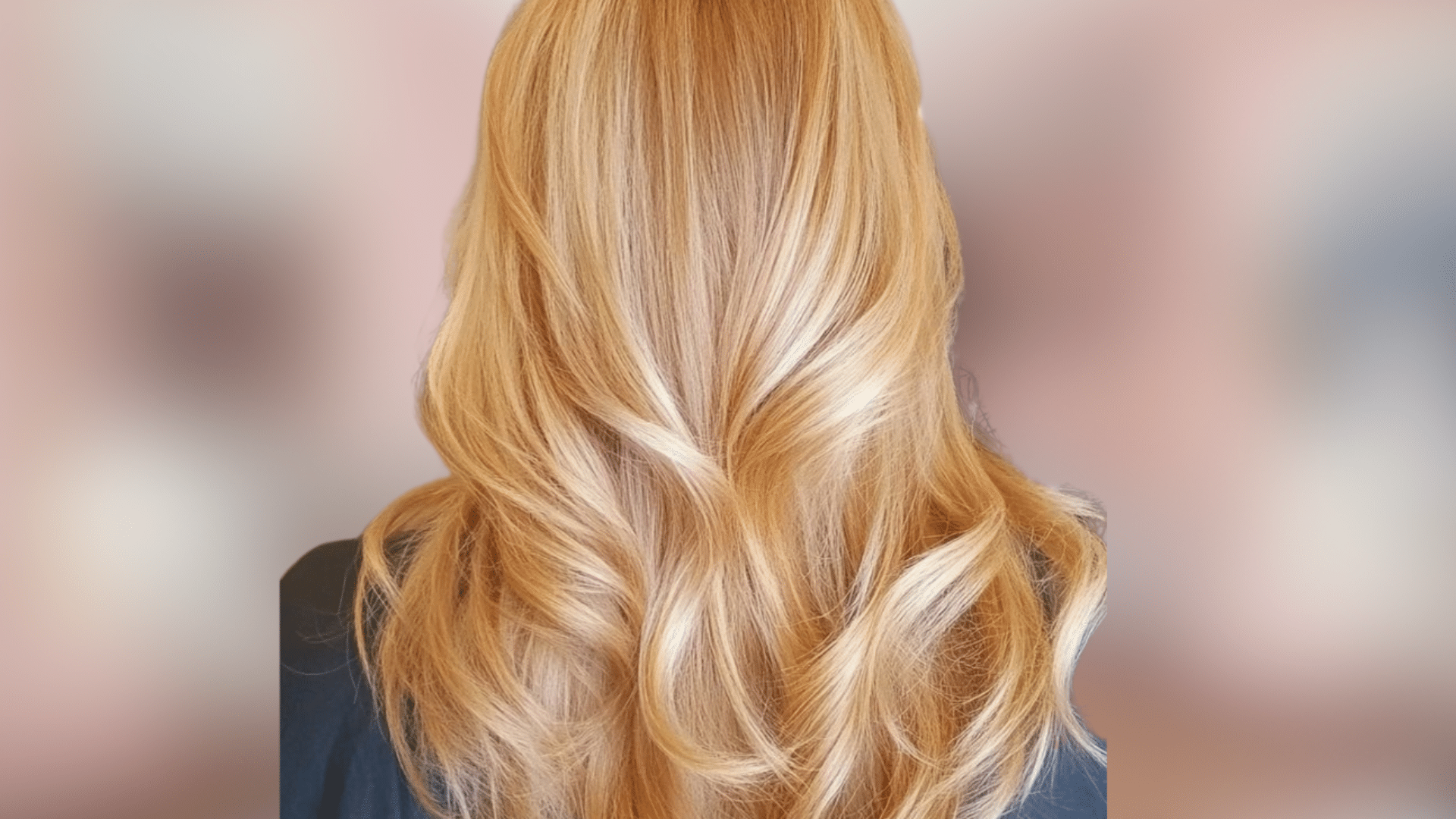
Honey Blonde is a rich blonde with soft, golden undertones, offering a warm and inviting glow. Perfect for those seeking a naturally sun-kissed effect without being too light.
-
Best for: Warm or neutral skin tones.
-
Perfect for: Medium skin tones or darker eyes.
5. Caramel Blonde (7.4)

Caramel Blonde features deep caramel undertones and a warm, golden hue. It’s perfect for adding depth while keeping a natural appearance.
-
Best suited for individuals with medium to darker skin tones or eyes.
-
Perfect for: Warm or neutral skin tones.
6. Champagne Blonde (9.1)
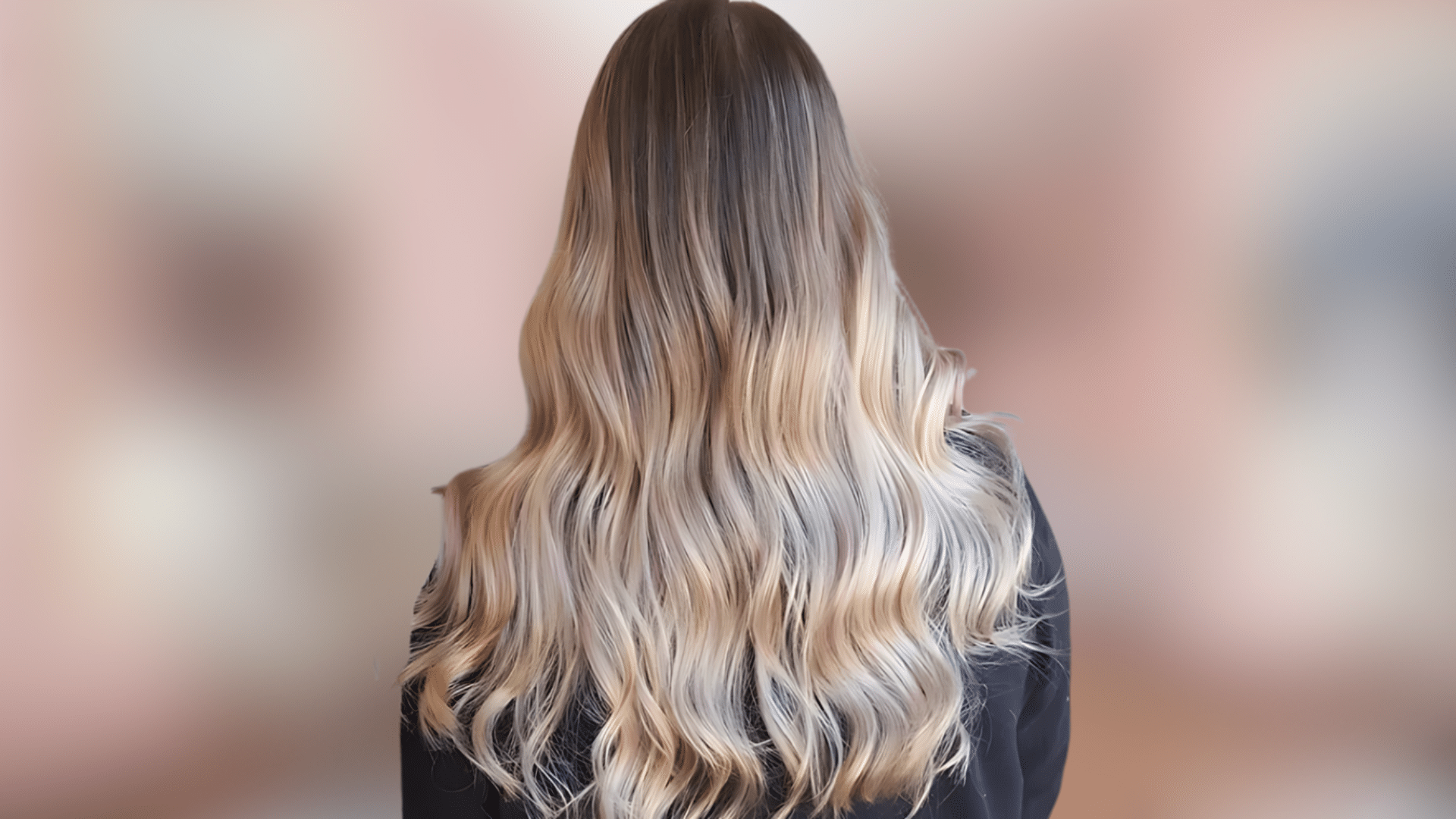
Champagne Blonde is an incredible, pale blonde with a subtle sheen. It’s perfect for achieving a sophisticated, neutral blonde without too much warmth.
-
Best for: Fair to cool skin tones.
-
Perfect for: Pale skin tones.
7. Vanilla Blonde (10.1)
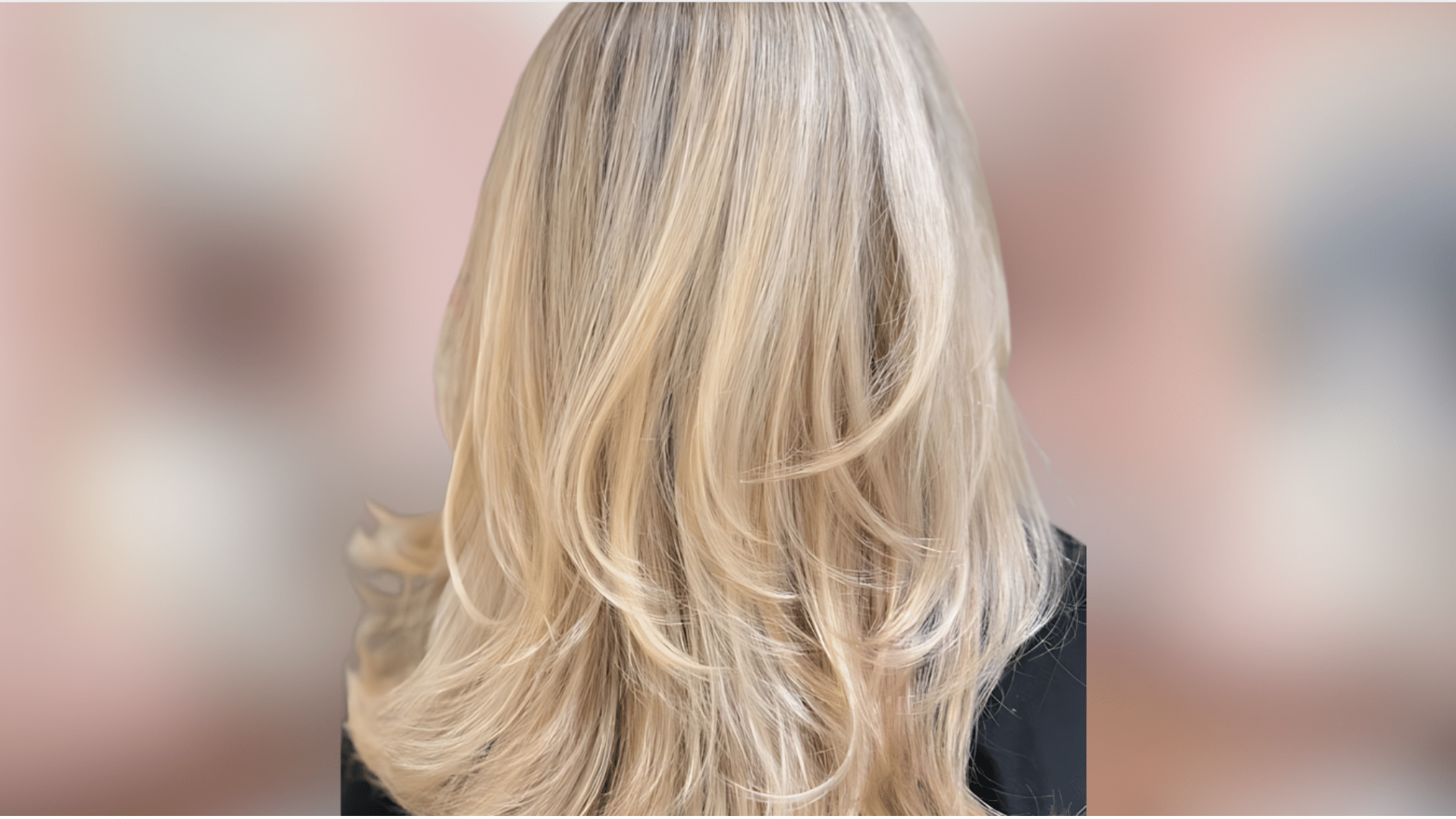
Vanilla Blonde is a soft, cool-toned blonde with neutral undertones. It provides a creamy, blonde finish, ideal for those seeking a natural blonde look.
-
Best for: Fair to medium skin tones.
-
Perfect for: Light skin tones.
8. Ice Blonde (10.2)

Ice Blonde is an ultra-light blonde with platinum, almost white undertones. The blonde, edgy look is perfect for those seeking a high-fashion style.
-
Best for: Very light skin tones with pink undertones.
-
Perfect for: Cool-toned complexions.
9. Platinum Blonde (10.0)
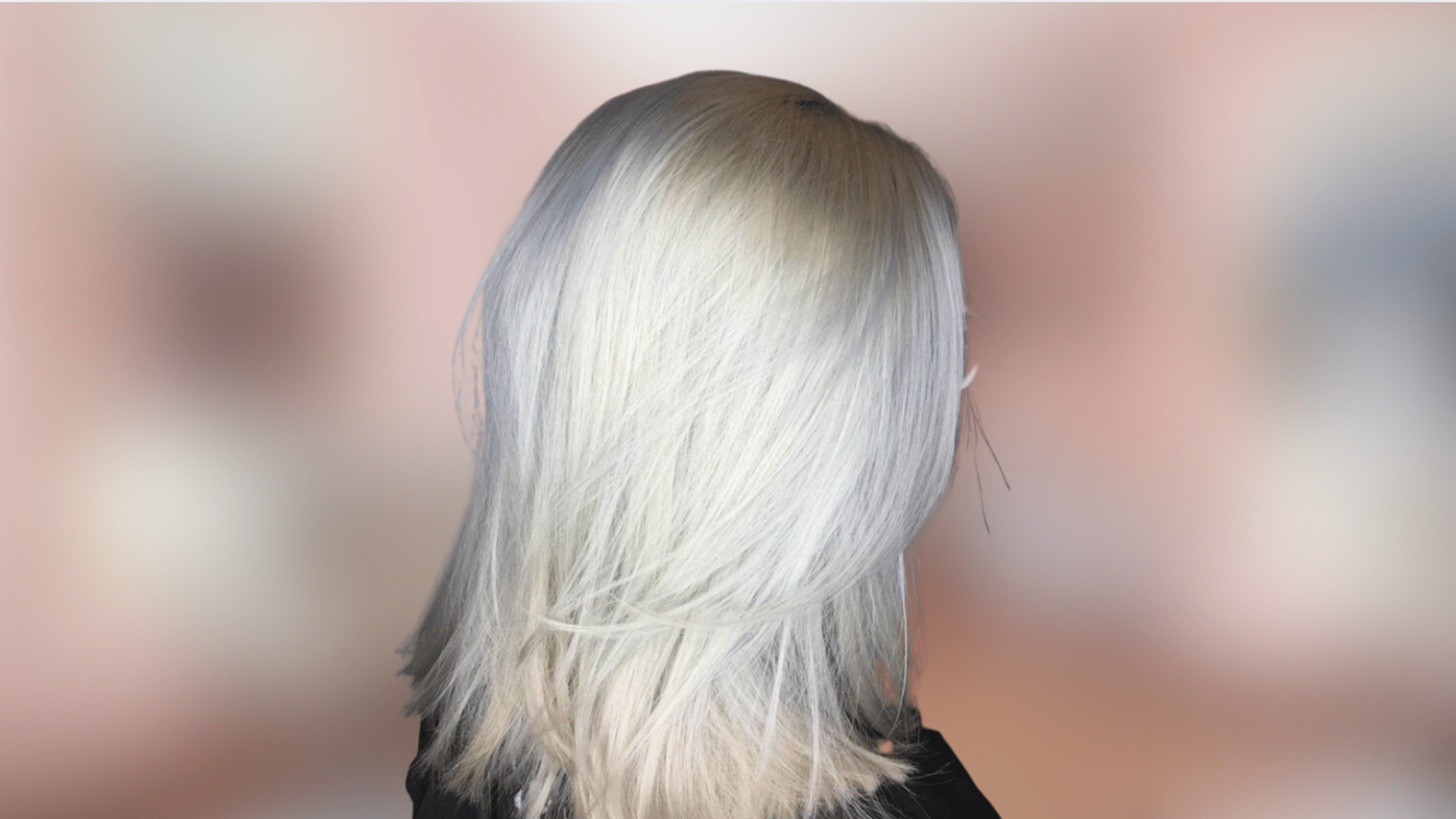
Platinum Blonde is an ultra-light blonde with cool undertones. It creates a striking, dramatic finish, perfect for those who want an icy, almost-white blonde.
-
Best for: Dramatic blonde looks.
-
Perfect for: Fair to medium skin tones.
10. Dark Chocolate Brown (4.0)

Dark Chocolate Brown offers a deep, warm reddish-brown finish. It’s ideal for adding depth and intensity while keeping a rich, natural appearance.
-
Best for: Medium to dark skin tones.
-
Perfect for MedMedium warm complexions. Black.
11. Deep Black (1.0)
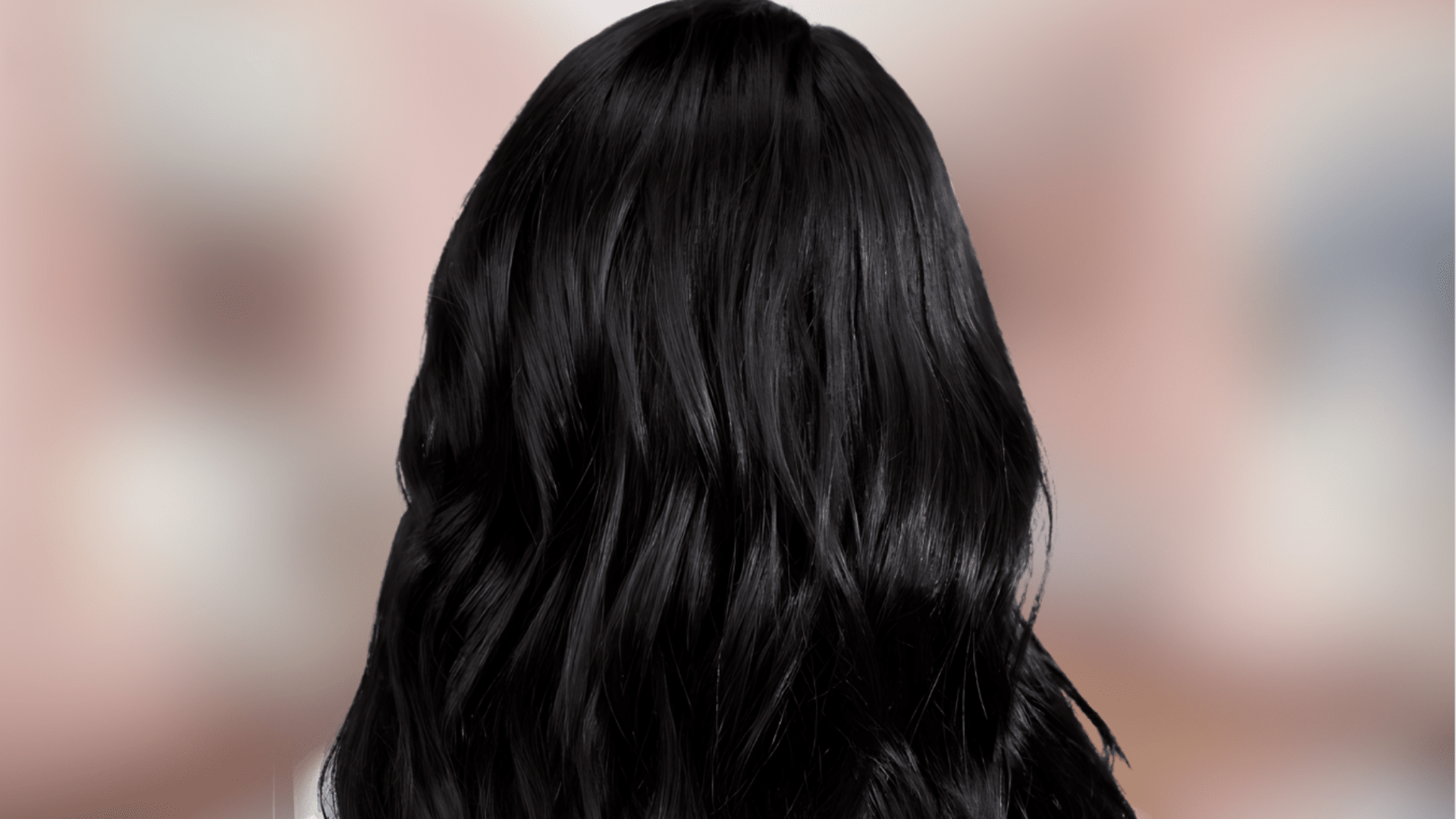
Deep black, a jet-black shade that offers boldness and intensity. Perfect for creating a striking, dramatic look.
-
Best for: A bold, dark finish.
-
Perfect for: Cool to neutral skin tones.
12. Espresso Brown (3.0)
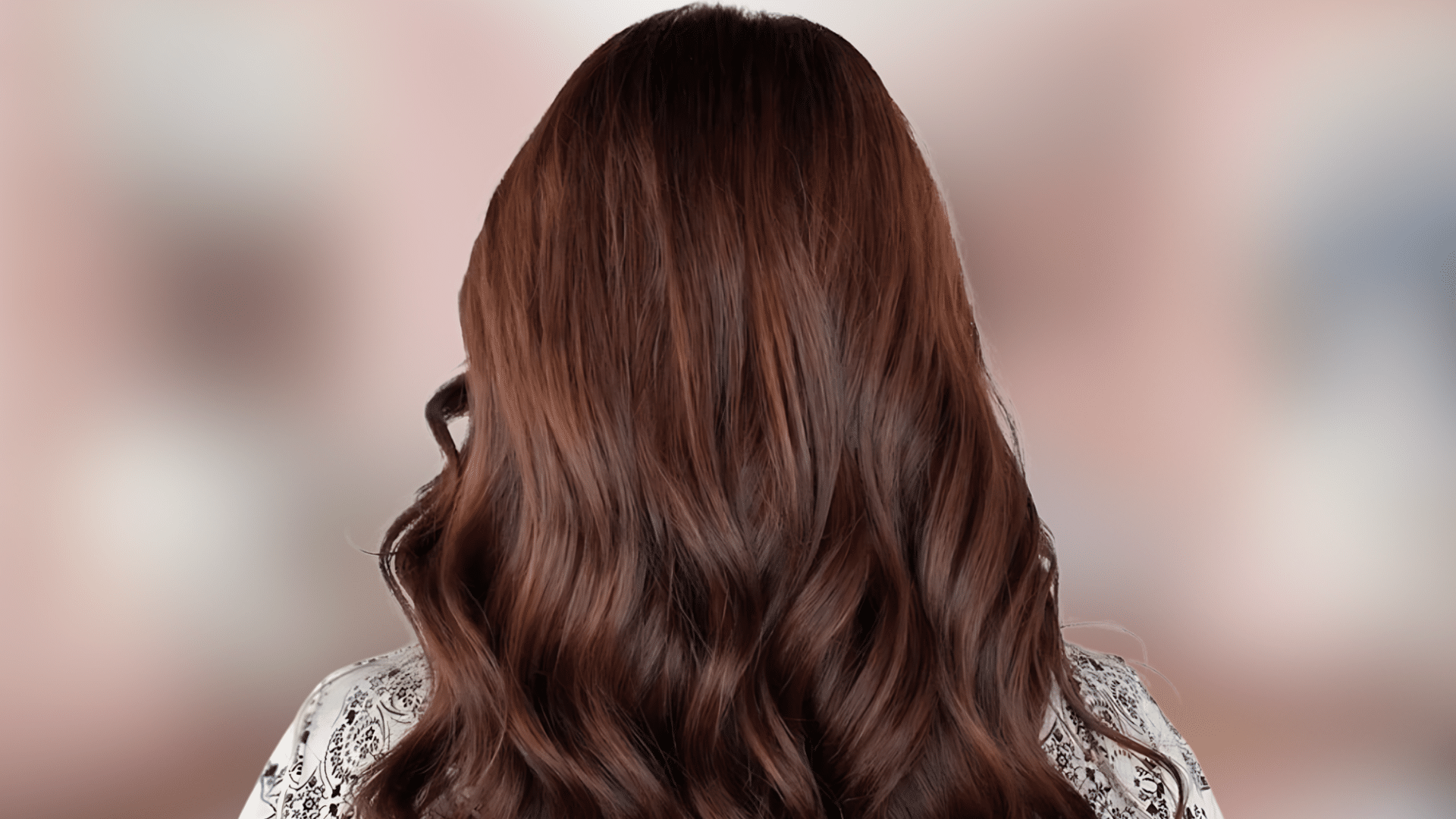
Espresso Brown is a dark, neutral brown with cool undertones, offering a sleek, sophisticated finish that remains soft and natural.
-
Best for: Dark brown with cool undertones.
-
Perfect for: Olive or cool-toned skin.
13. Rich Auburn (4.5)
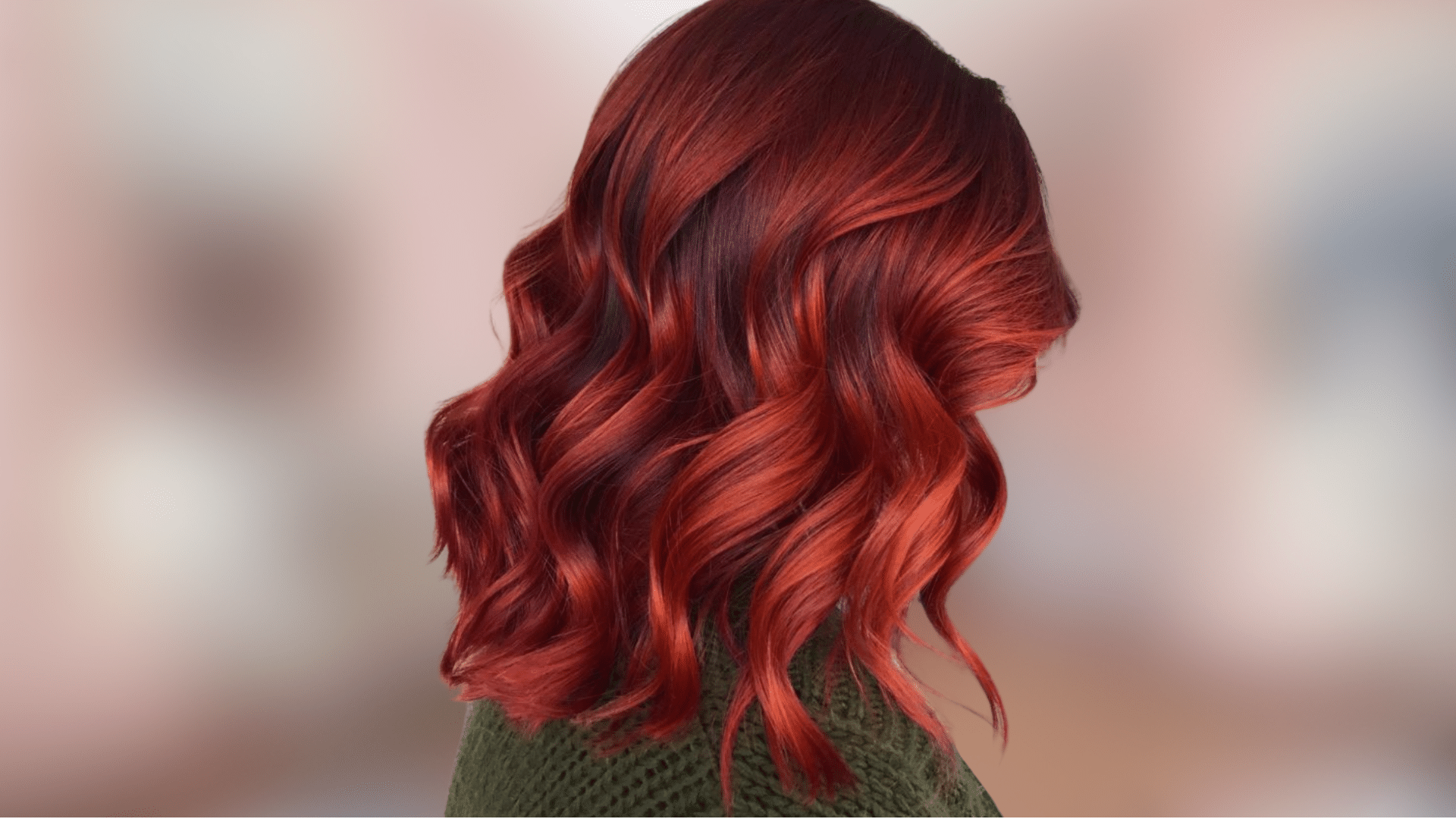
Rich Auburn is a reddish-brown shade with vibrant copper undertones, adding warmth and boldness to your hair.
-
Best for: A bold, vibrant red-brown look.
-
Perfect for: Warm skin tones and brown eyes.
14. Mahogany Red (5.5)
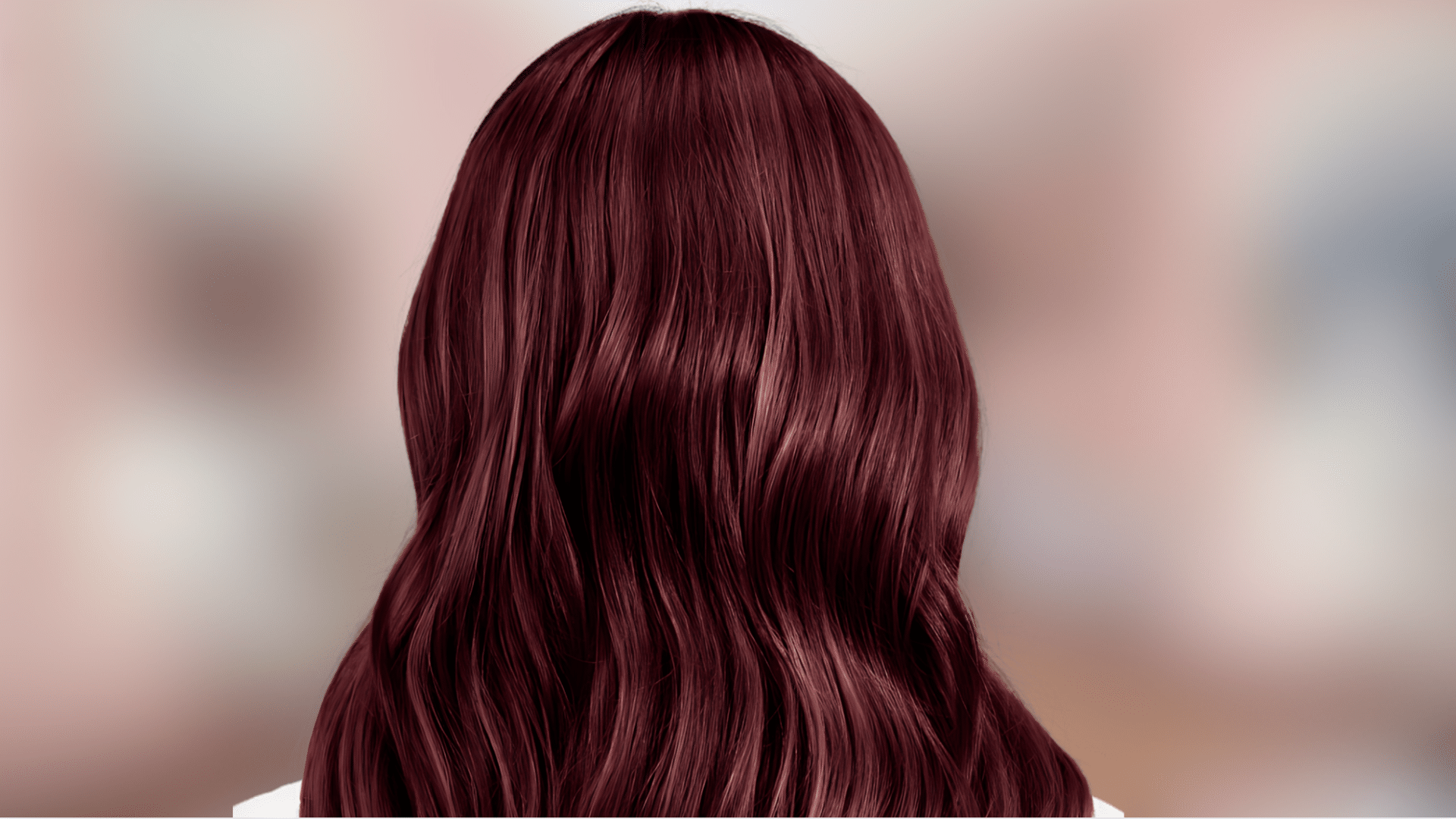
Mahogany Red offers deep red tones with rich mahogany undertones. It creates a vibrant, bold appearance while maintaining a luxurious feel.
-
Best for: Bold, vibrant red look.
-
Perfect for: Medium to dark skin tones.
15. Burgundy Red (5.6)
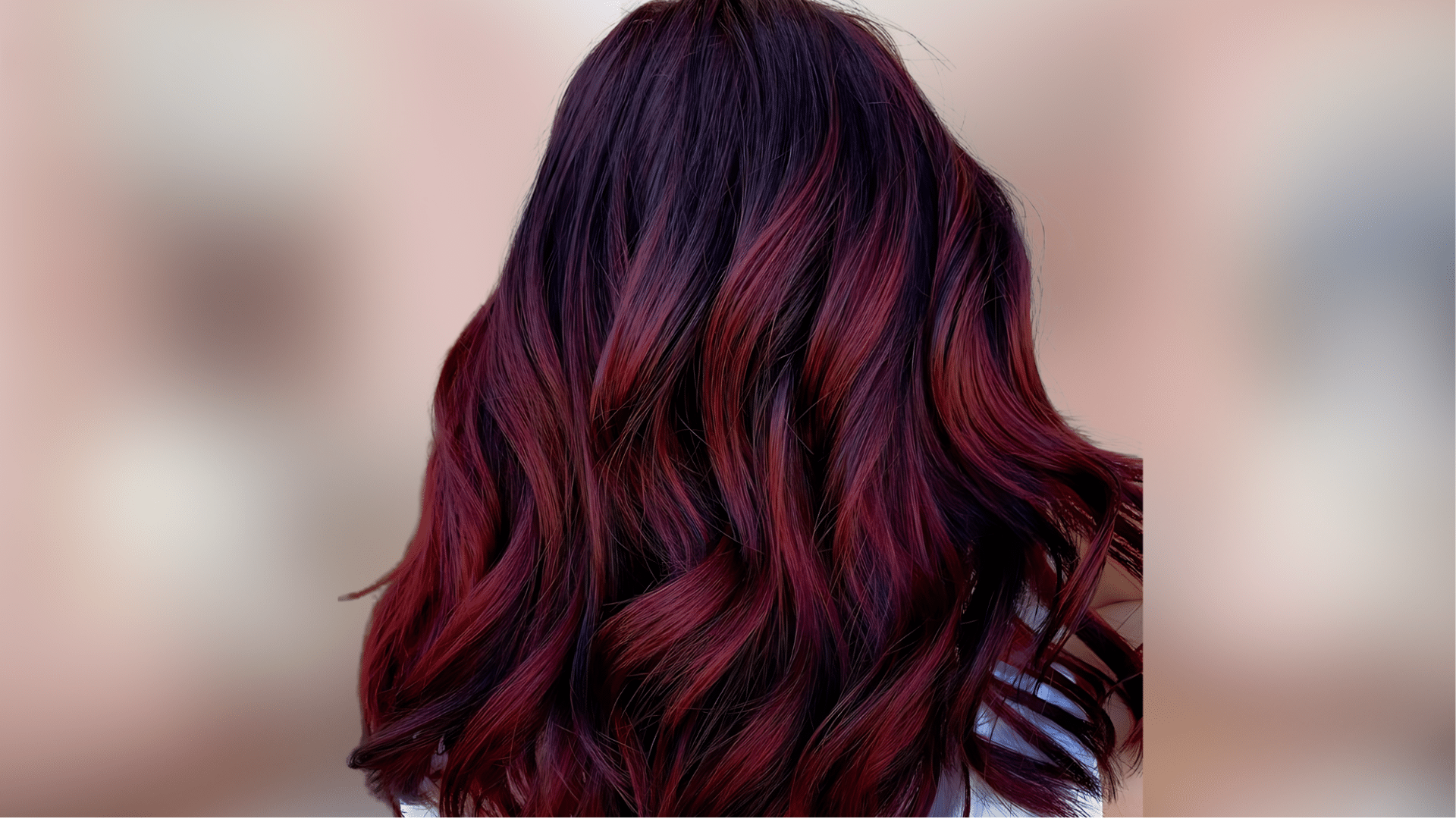
Burgundy Red is a deep, dramatic red with purple undertones. It’s perfect for anyone seeking a luxurious, red shade with a sophisticated look.
-
Best for: A rich, dramatic red.
-
Perfect for: Cool-toned skin.
16. Strawberry Blonde (8.4)
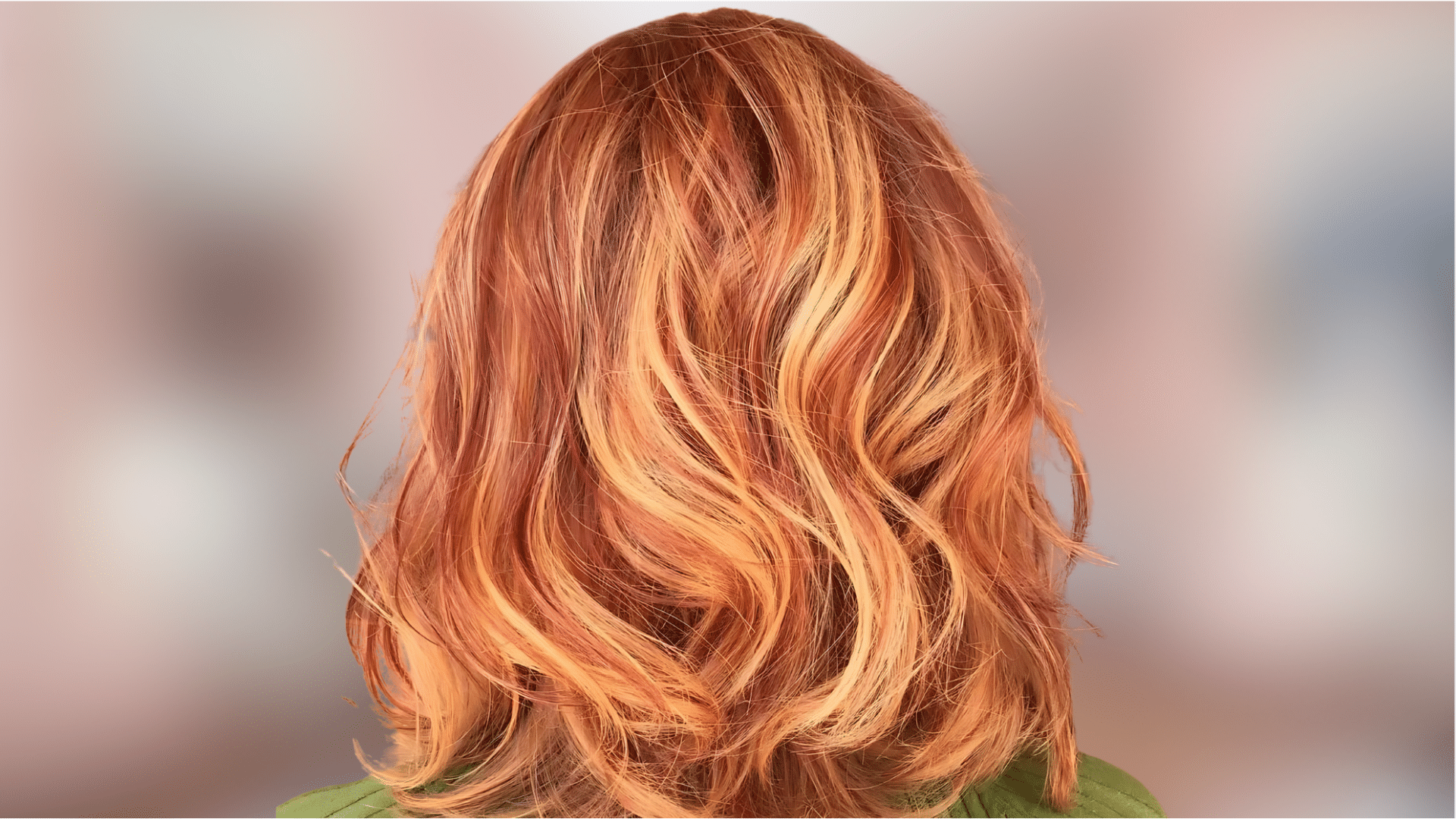
Strawberry Blonde blends blonde with red, offering a warm, inviting hue. It’s perfect for anyone seeking a natural, sun-kissed appearance.
-
Best for: Warm golden undertones.
-
Perfect for: Pale skin tones with a warm undertone.
17. Copper Brown (5.4)
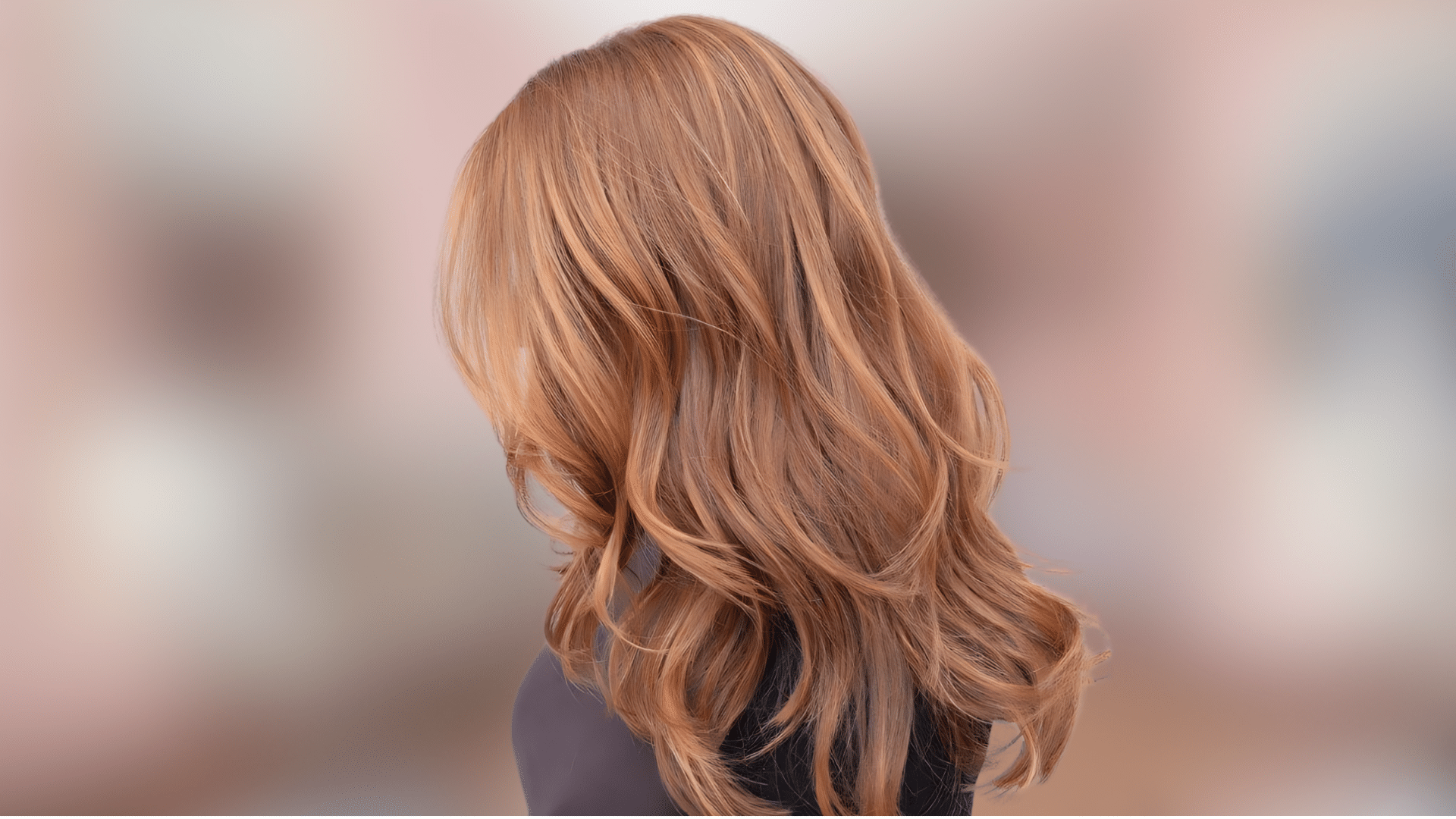
Copper Brown is a deep brown with fiery copper undertones, providing a warm, vibrant finish while maintaining a natural brown base.
-
Best for: Adding warmth without going too light.
-
Perfect for: Medium to dark skin tones.
18. Light Cinnamon Brown (5.3)
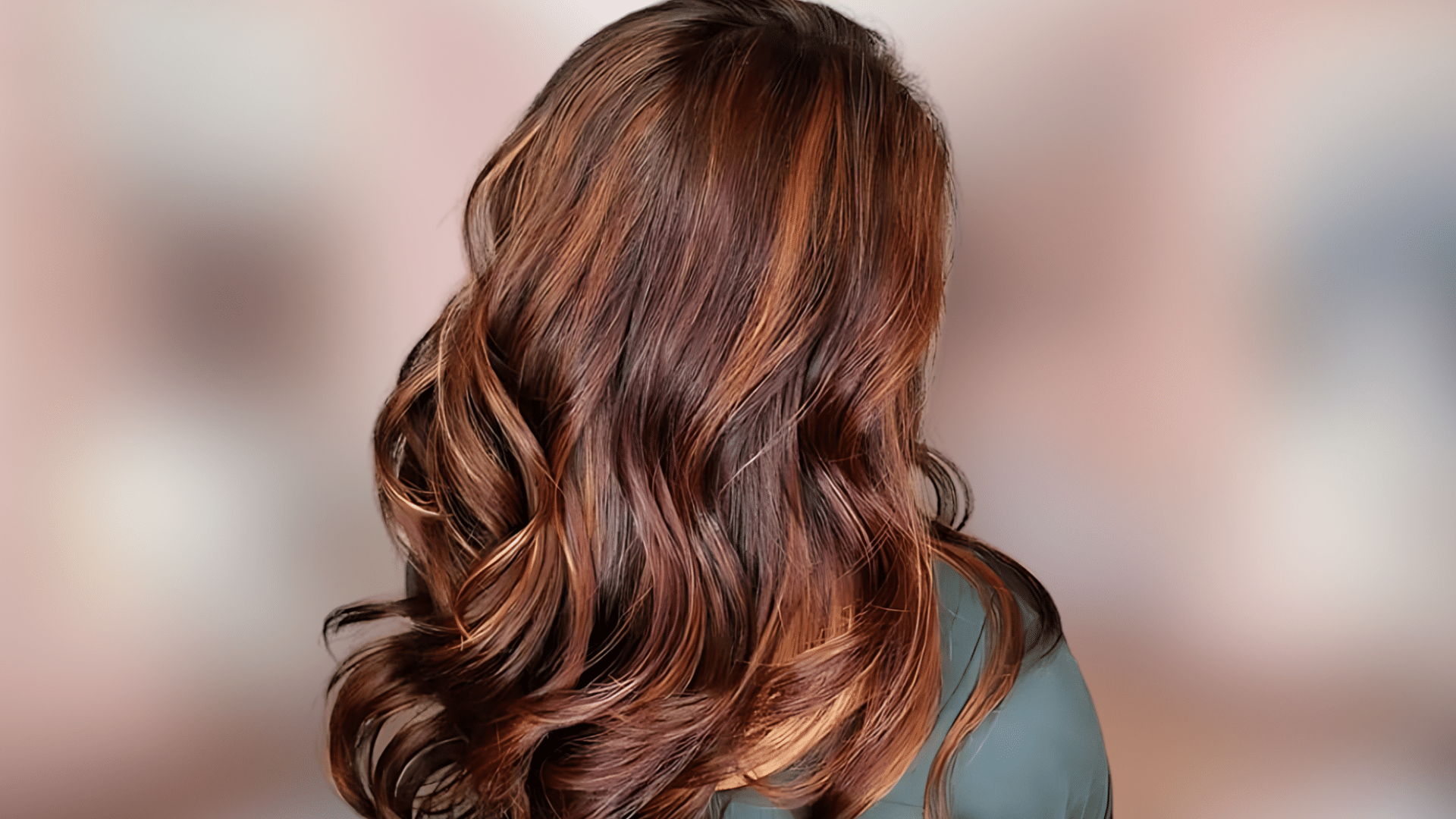
Light Cinnamon Brown offers a soft reddish-brown shade with a smooth cinnamon undertone. It gives a natural yet vibrant look while remaining warm and inviting.
-
Best for: A subtle reddish-brown shade.
-
Perfect for: Medium to light skin tones.
19. Sable Brown (4.3)
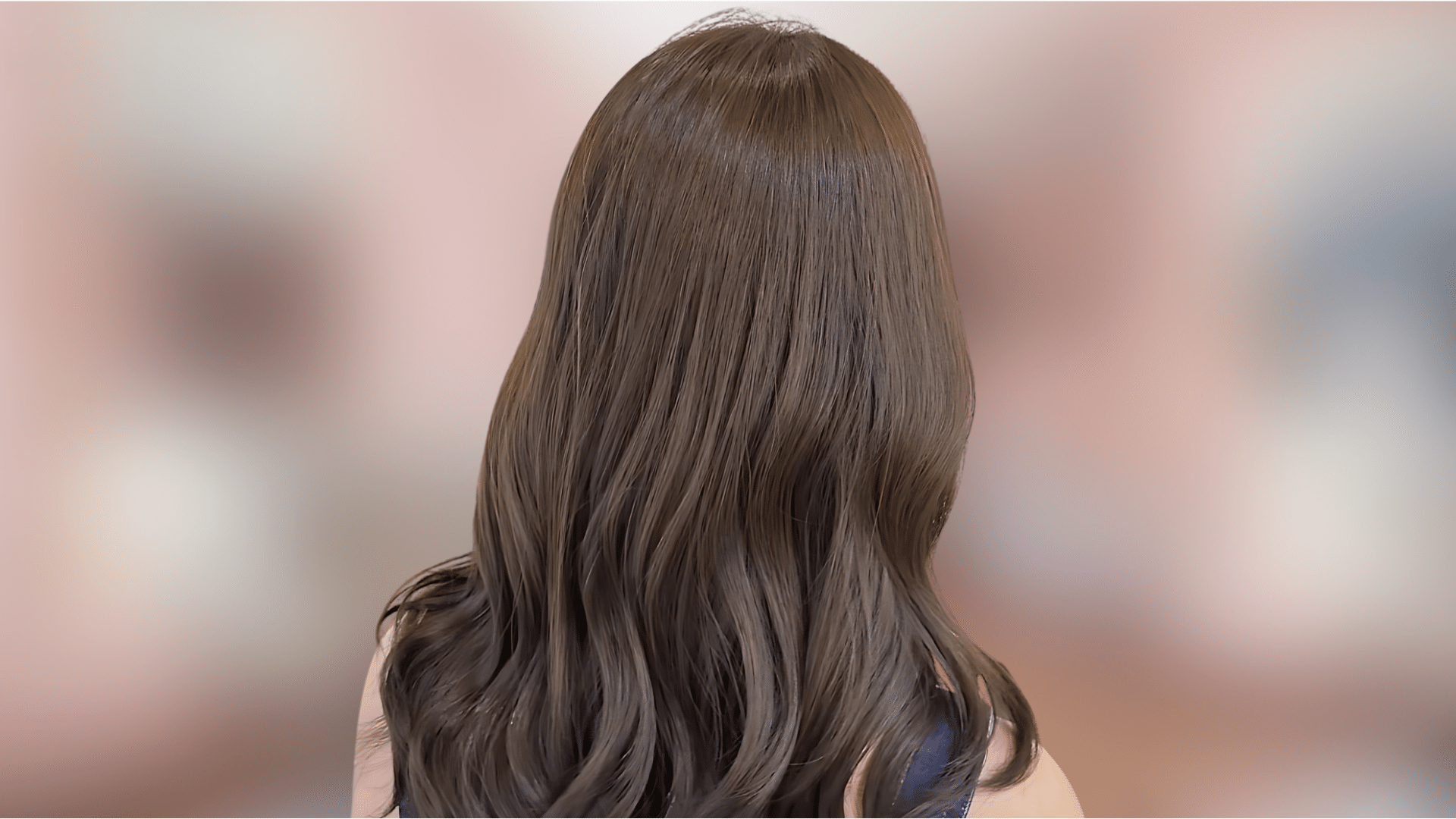
Sable Brown is a dark brown with slight red undertones. It provides a rich, deep finish while remaining natural and soft.
-
Best for: Dark, cool-toned brown.
-
Perfect for: Olive or cool-toned skin.
20. Mocha Brown (4.3)
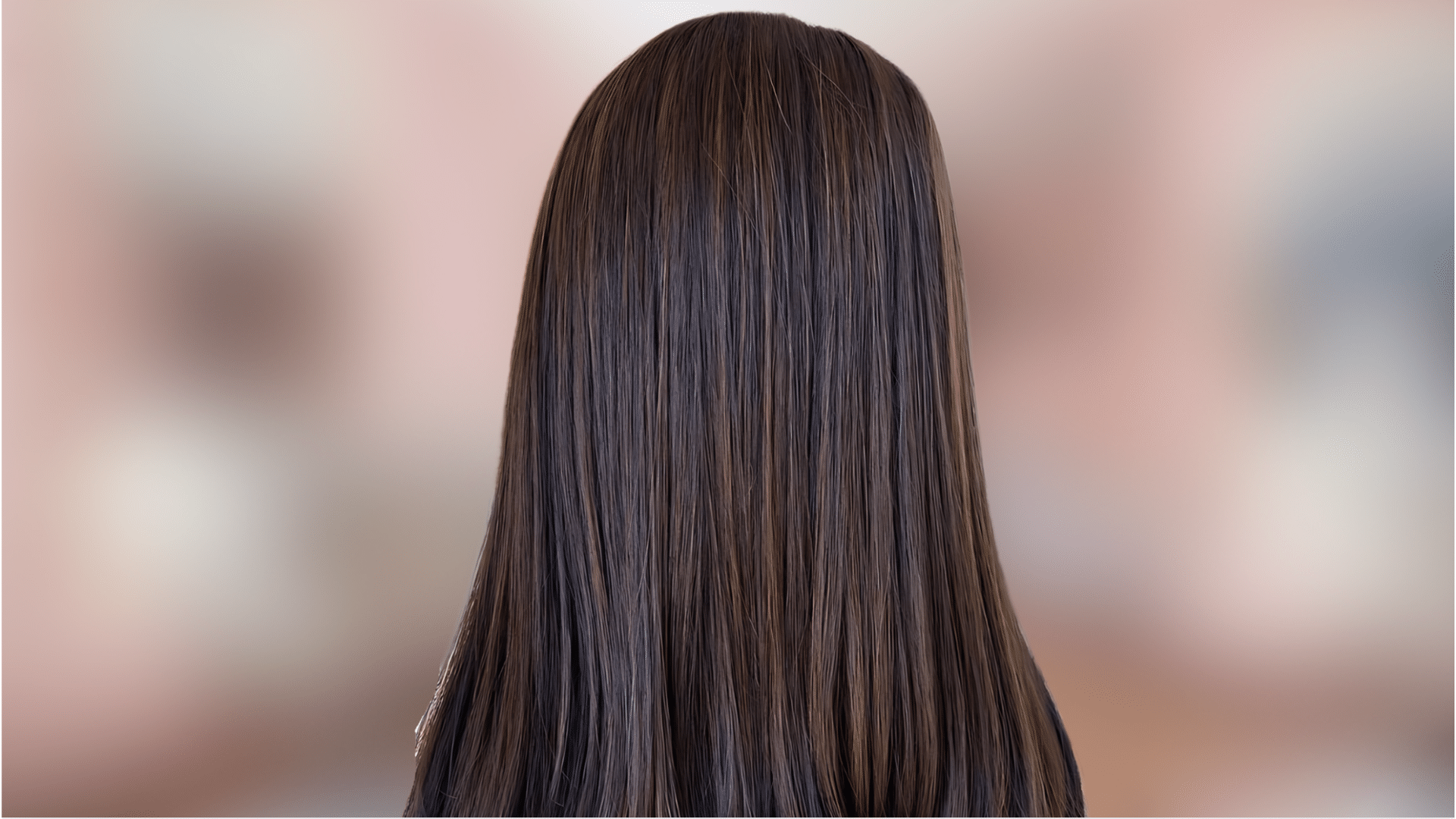
Mocha Brown has a medium-dark, warm golden undertone. It gives a rich, elegant finish that’s both natural and sophisticated.
-
Best suited for: Warm tones and medium skin tones.
-
Perfect for: Medium complexions.
21. Chocolate Cherry (5.3)

Chocolate Cherry offers a rich red-brown with chocolatey undertones. The touch of cherry creates a vibrant, deep hue, ideal for bold looks.
-
Best for: A striking, deep red-brown.
-
Perfect for: Dark skin tones and brown eyes.
22. Plum Brown (4.2)
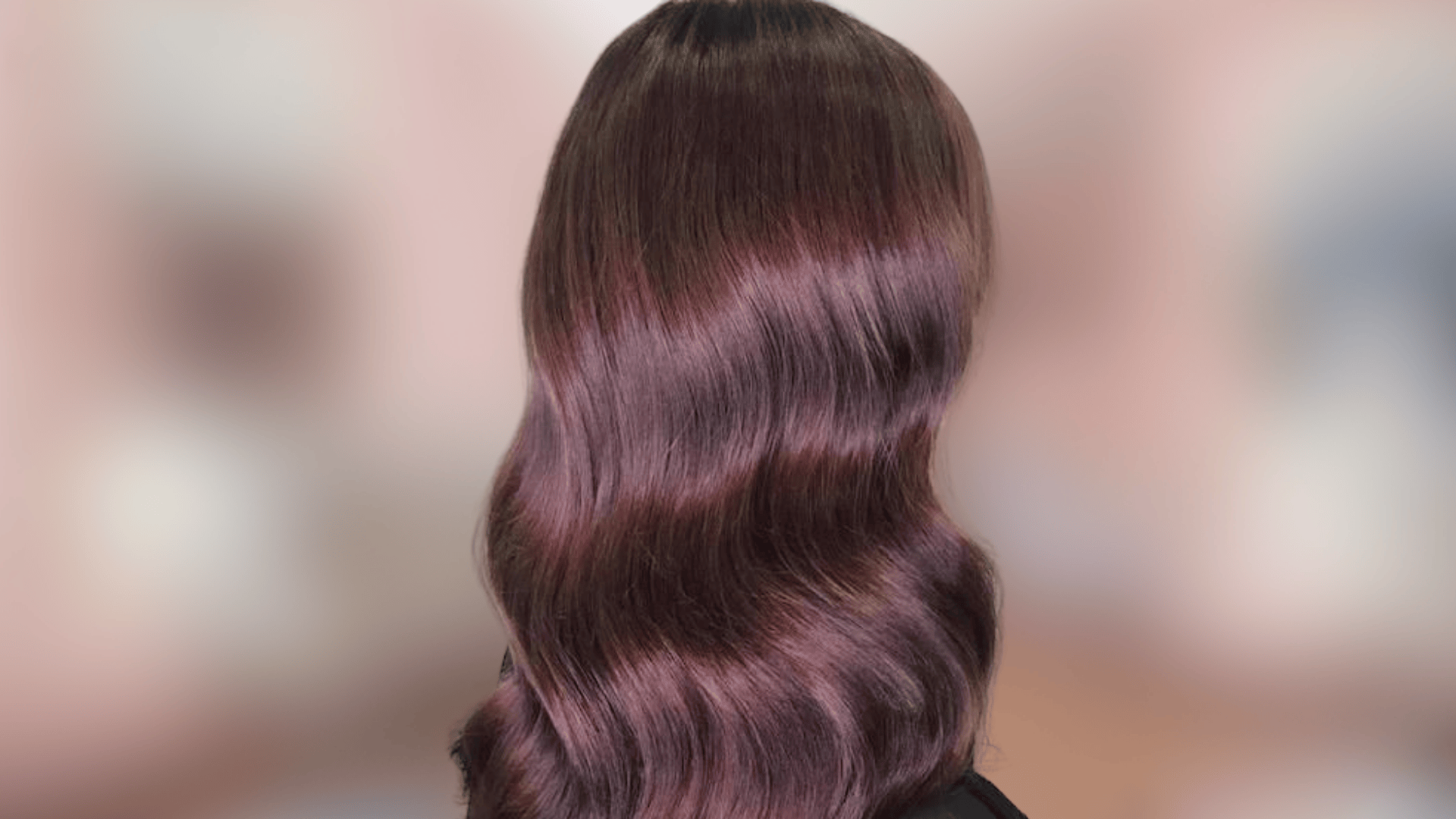
Plum Brown provides a dark brown with purple undertones. It offers a sophisticated shade with depth that doesn’t overpower brightness.
-
Best for: A dark, cool-toned brown.
-
Perfect for: Cool skin tones and dark eyes.
23. Dark Chocolate Cherry (4.4)
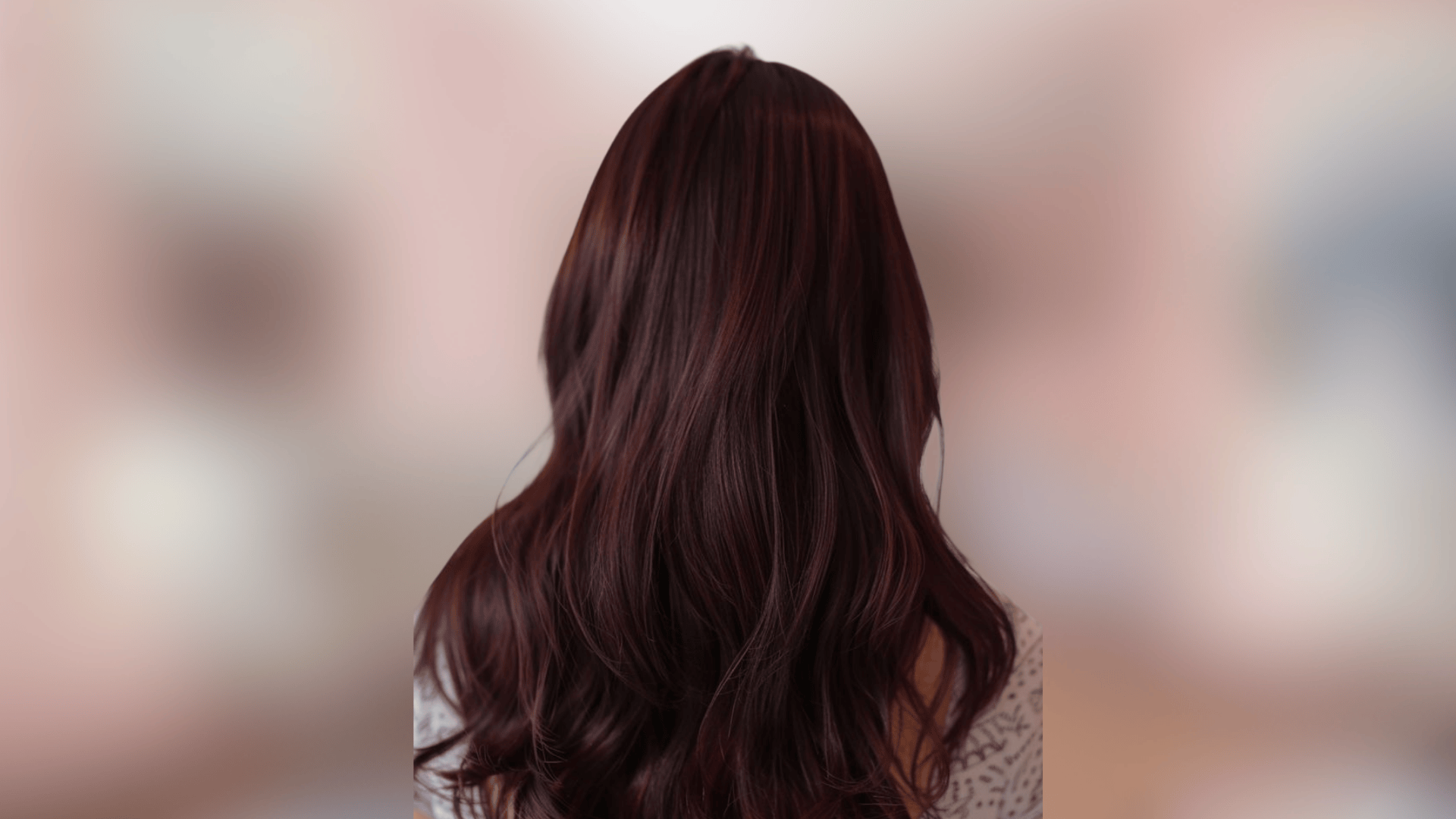
Dark Chocolate Cherry is a deep red-brown with chocolatey undertones and a hint of cherry. It creates an intense yet vibrant finish.
-
Best for: Deep, rich red-brown with vibrancy.
-
Perfect for: Medium-dark skin tones.
24. Mahogany Chestnut (5.6)
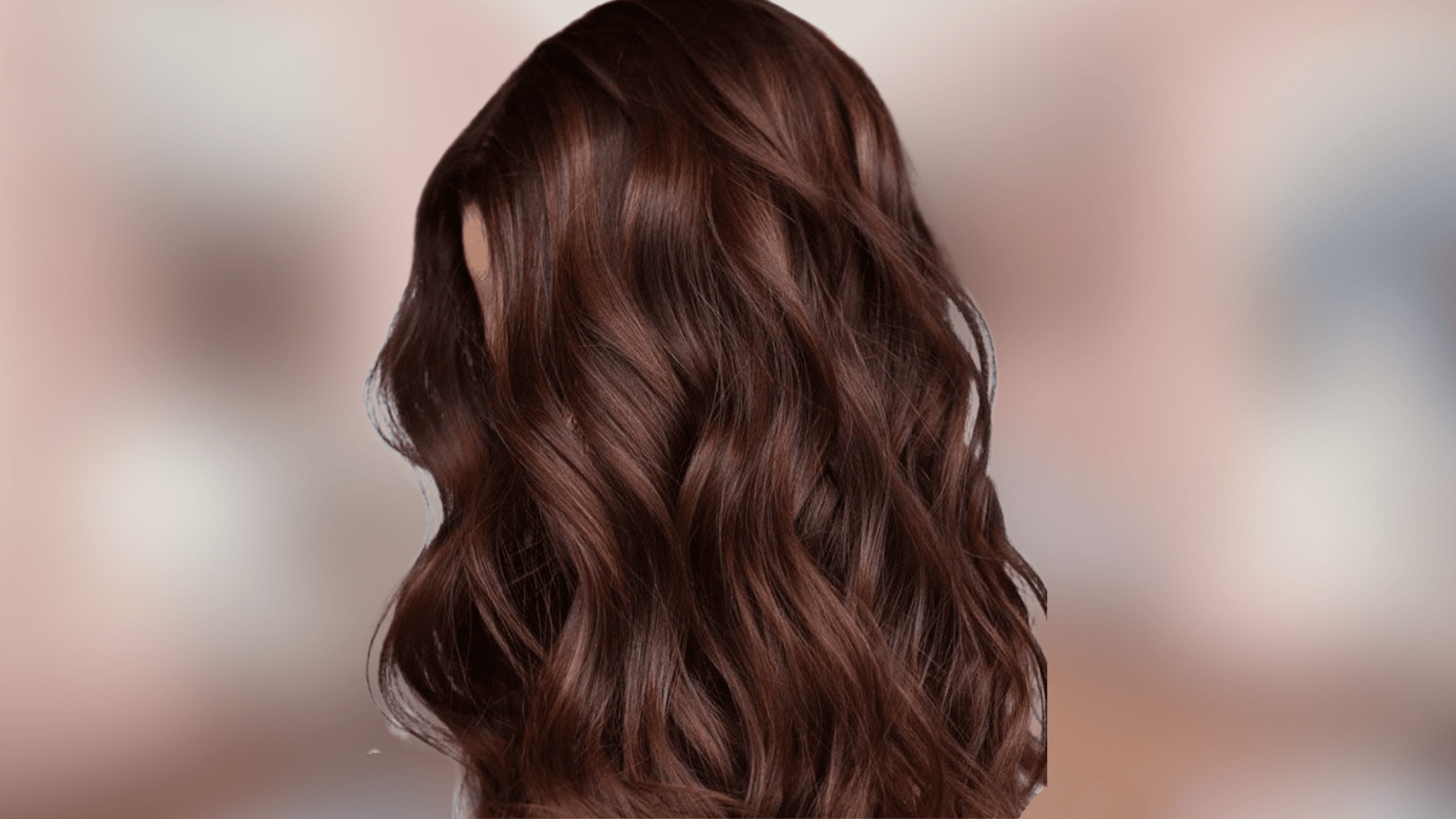
Mahogany Chestnut is a reddish-brown shade with a mix of chestnut and mahogany undertones. This colour adds depth and provides a vibrant, bold finish.
-
Best for: Adding depth to brown hair.
-
Perfect for: Warm skin tones.
25. Rich Gold (7.3)
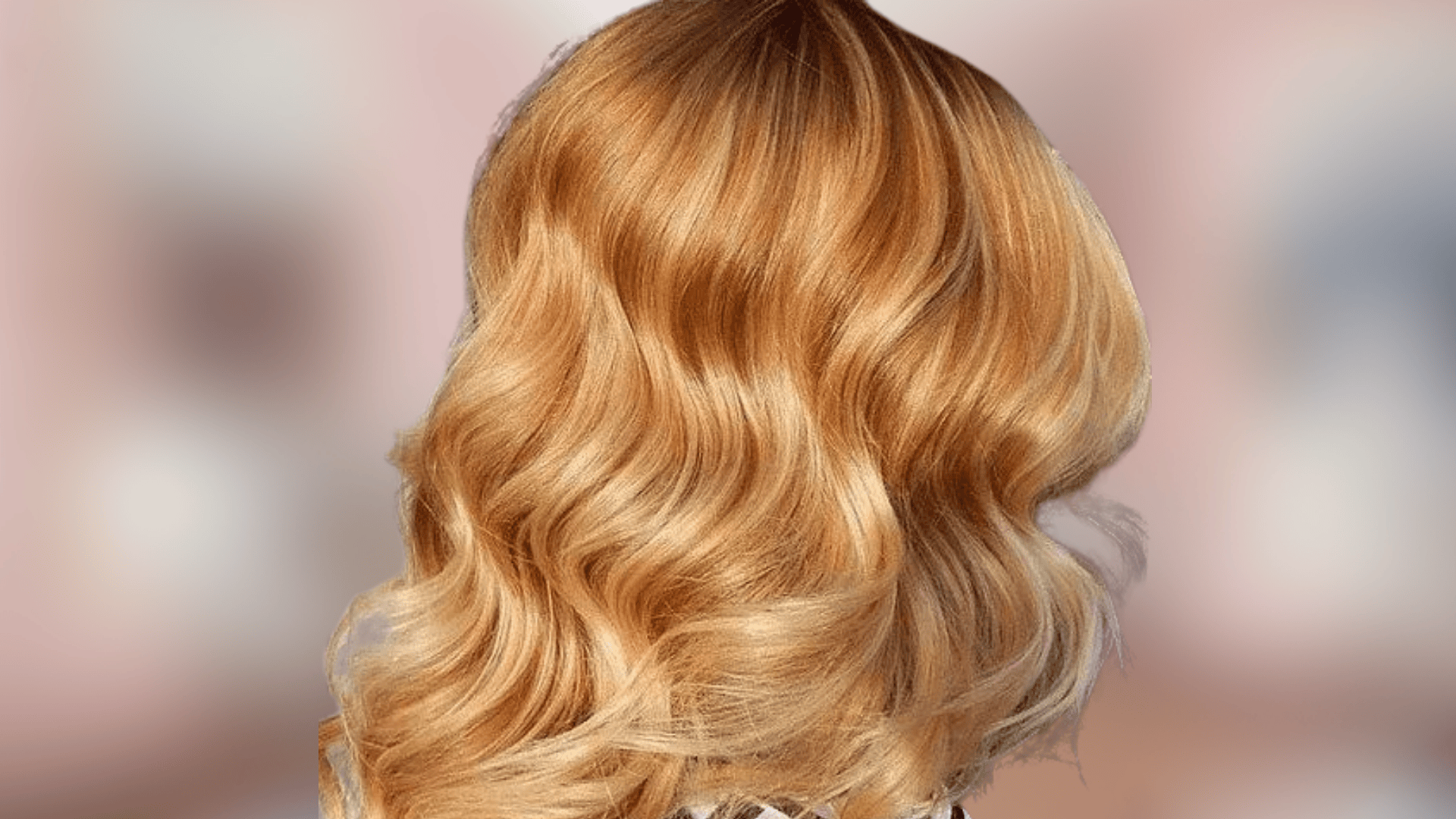
Rich Gold is a bright, golden blonde with yellow undertones. It provides warmth and radiance to the hair, offering a sunny, glowing effect.
-
Best for: Creating a glowing look.
-
Perfect for: Warm, golden undertones.
26. Dark Auburn (4.6)
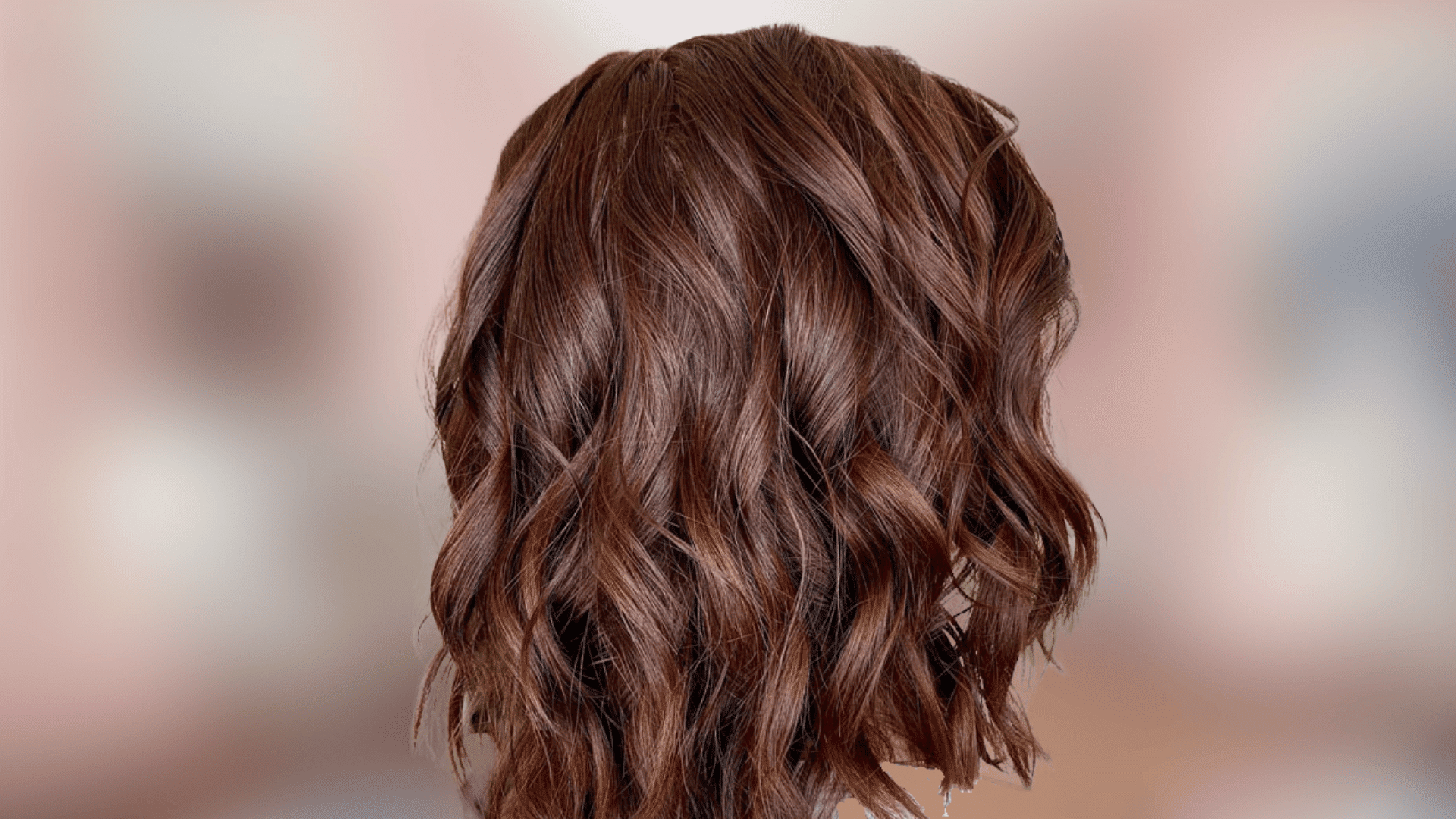
Dark Auburn offers a deep red-brown shade with vibrant red undertones, perfect for a bold, fiery look.
-
Best for: A vibrant red-brown finish.
-
Perfect for: Medium to dark skin tones.
27. Bright Copper (6.4)
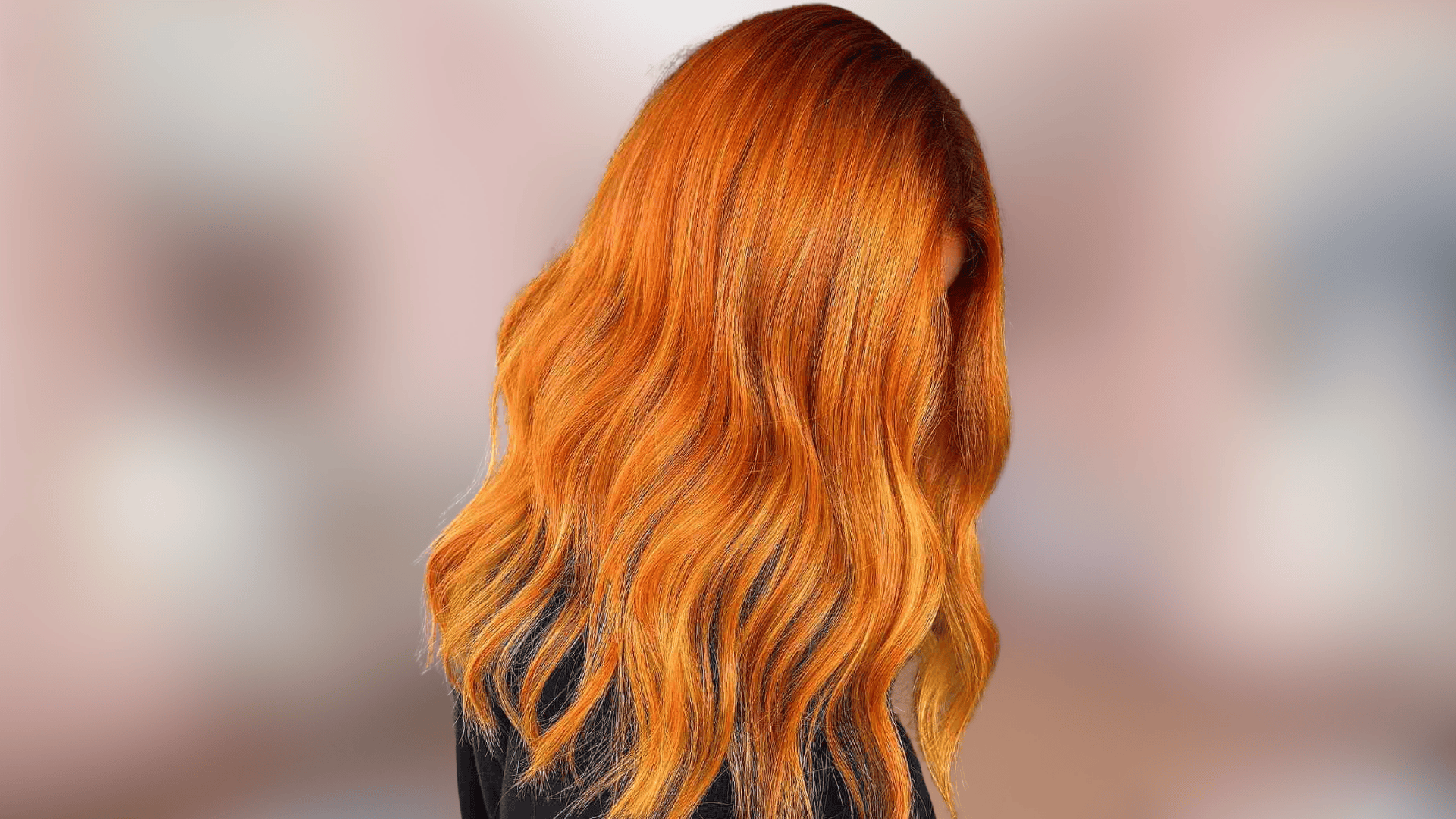
Bright copper is a fiery, vivid shade with intense copper undertones. It creates an eye-catching, warm look that shines with vibrancy.
-
Best for: Bold, fiery red tones.
-
Perfect for: Warm skin tones.
28. Soft Black (1.5)
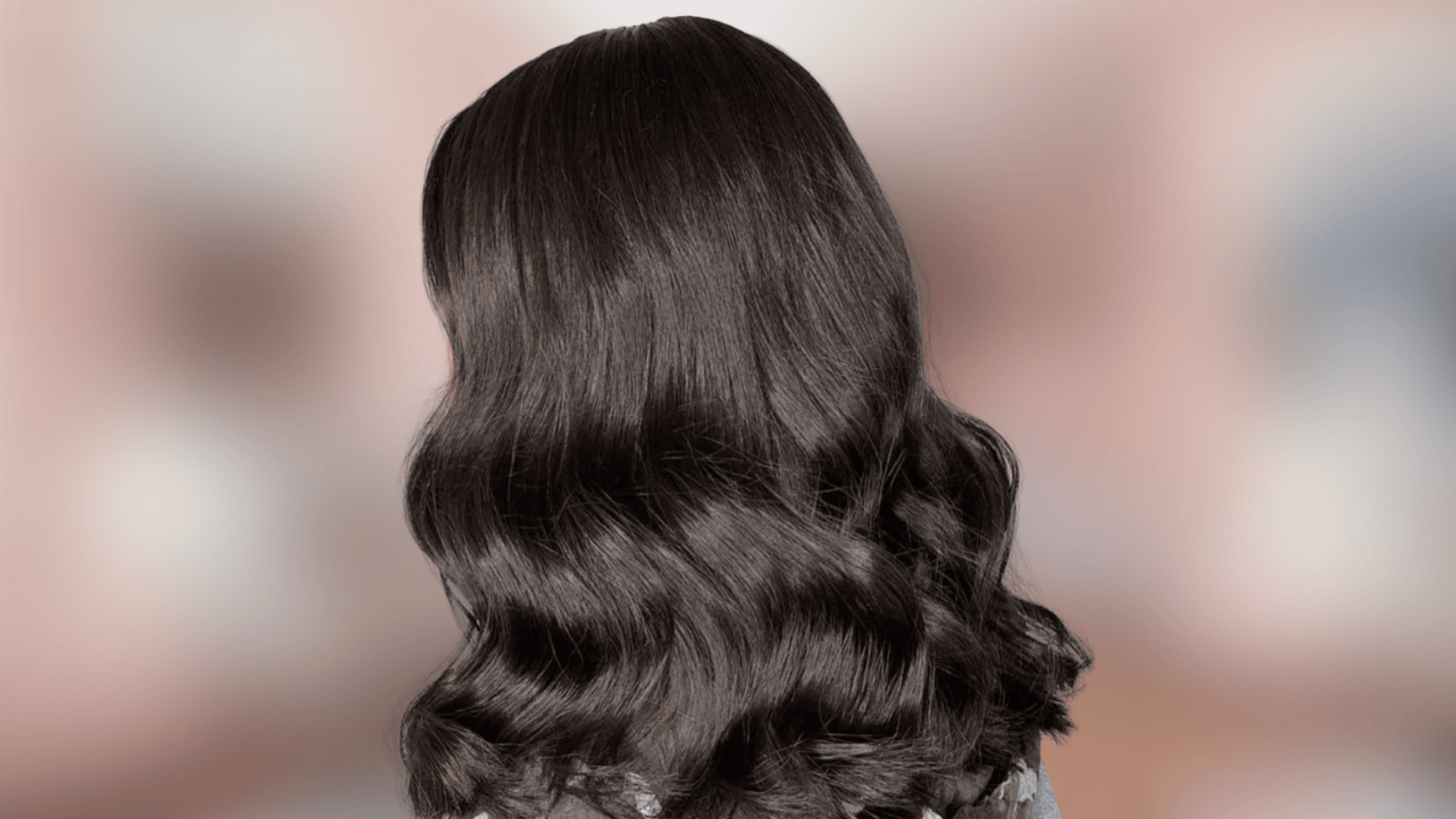
Soft Black is a jet-black color that’s deeper and softer than pure black. Black is perfect for creating a sleek, polished finish.
-
Best for: A natural, deep, dark colour.
-
Perfect for: Medium to dark skin tones.
29. Ruby Red (5.5)
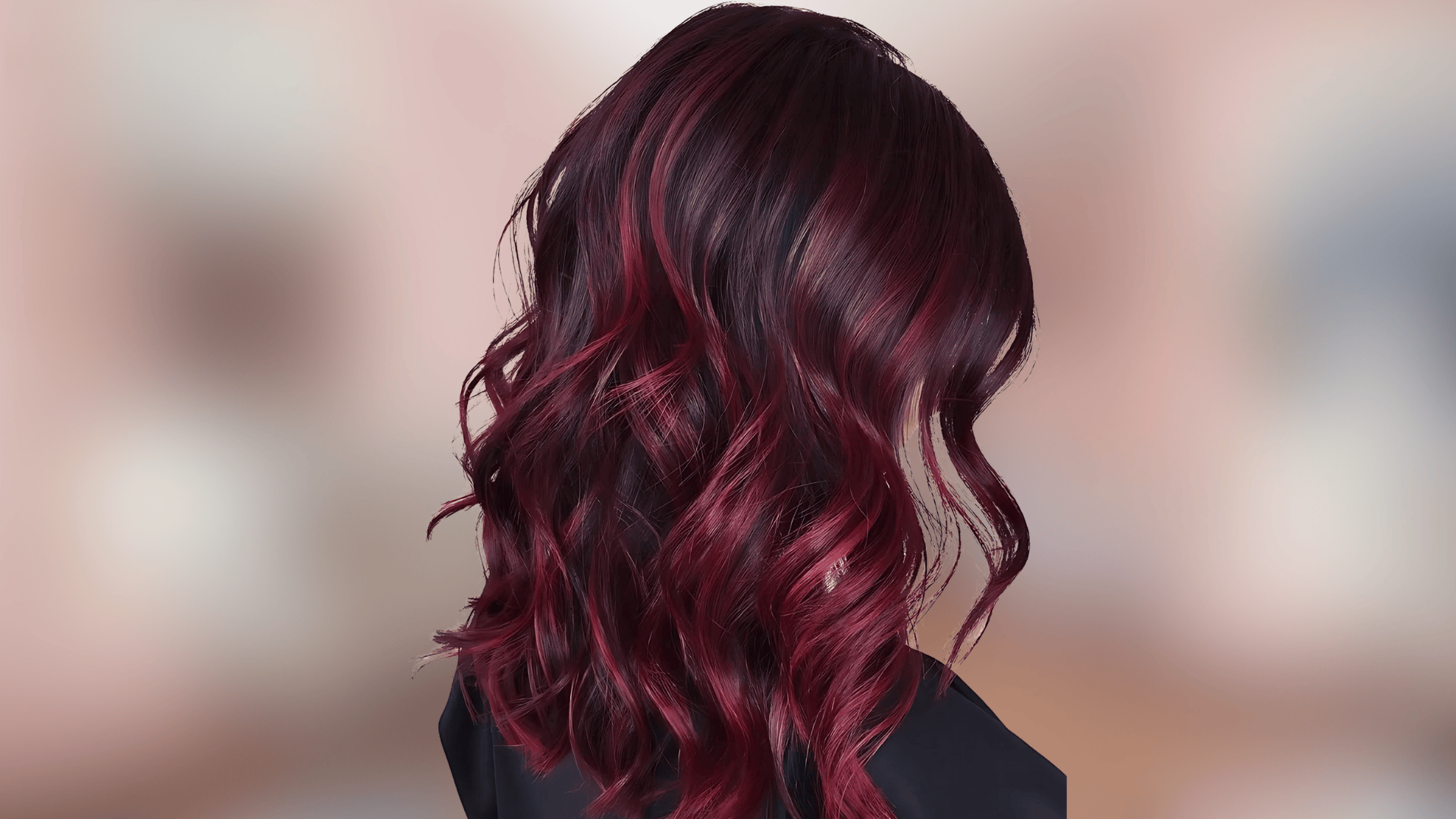
Ruby Red adds a bright, rich red hue with ruby undertones. This vivid colour offers a bold finish that stands out.
-
Best for: A deep red with intense vibrancy.
-
Perfect for: Dark skin tones and brown eyes.
30. Deep Mahogany (5.5)
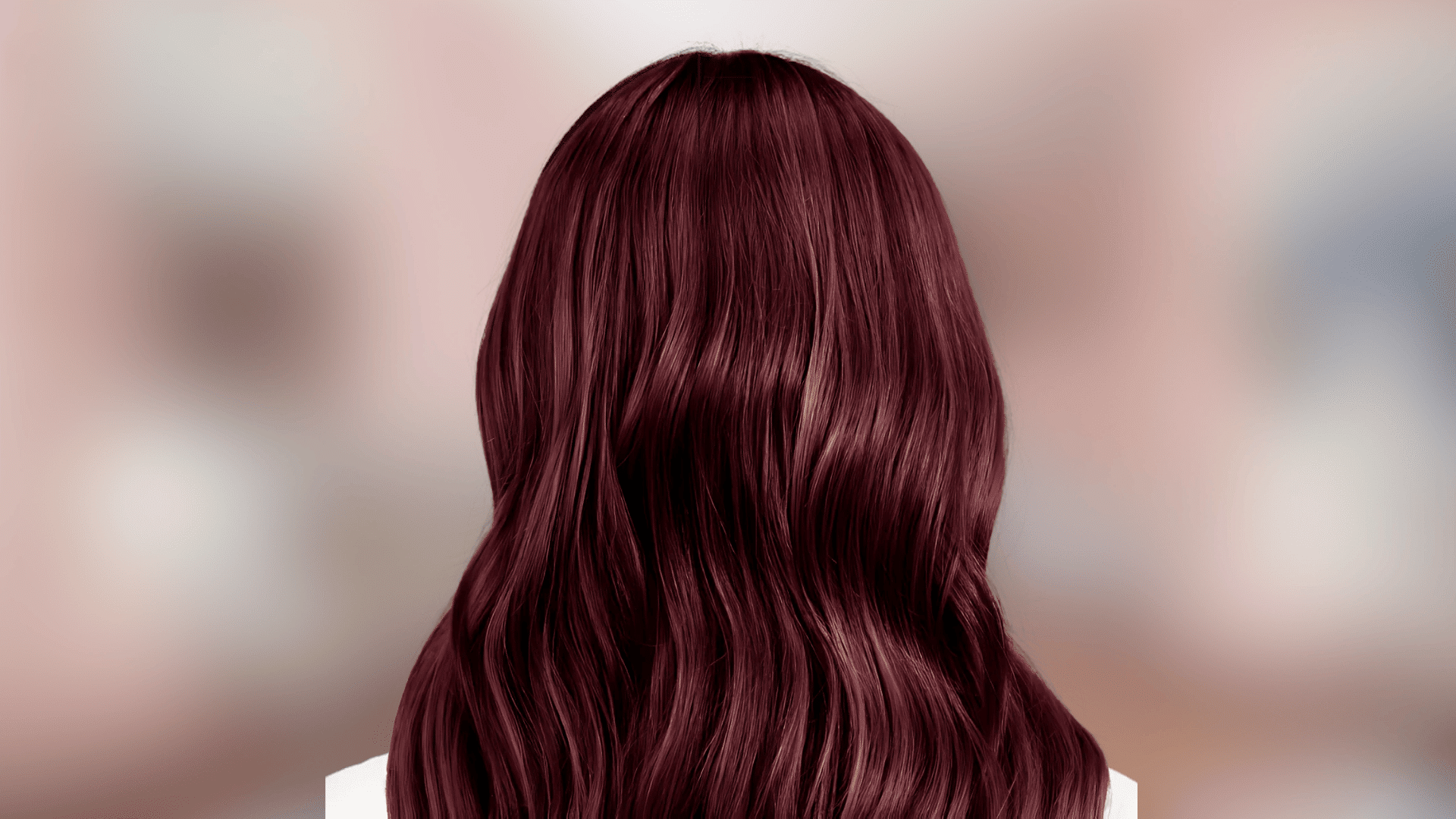
Deep Mahogany offers a rich, dark reddish-brown finish with vibrant mahogany undertones. It adds depth while delivering a bold, vibrant hue.
-
Best for: Adding depth and warmth.
-
Perfect for: Medium to dark skin tones.
31. Silver Grey (9.0)

Silver Grey offers a cool, ashy grey shade with silver undertones, perfect for a chic, modern metallic look. It’s a trendy choice for those embracing the grey hair trend or looking to add a touch of blonde to their hair.
-
Best for: A modern, cool grey look.
-
Perfect for: Cool or neutral skin tones.
32. Dark Cherry Red (5.5)
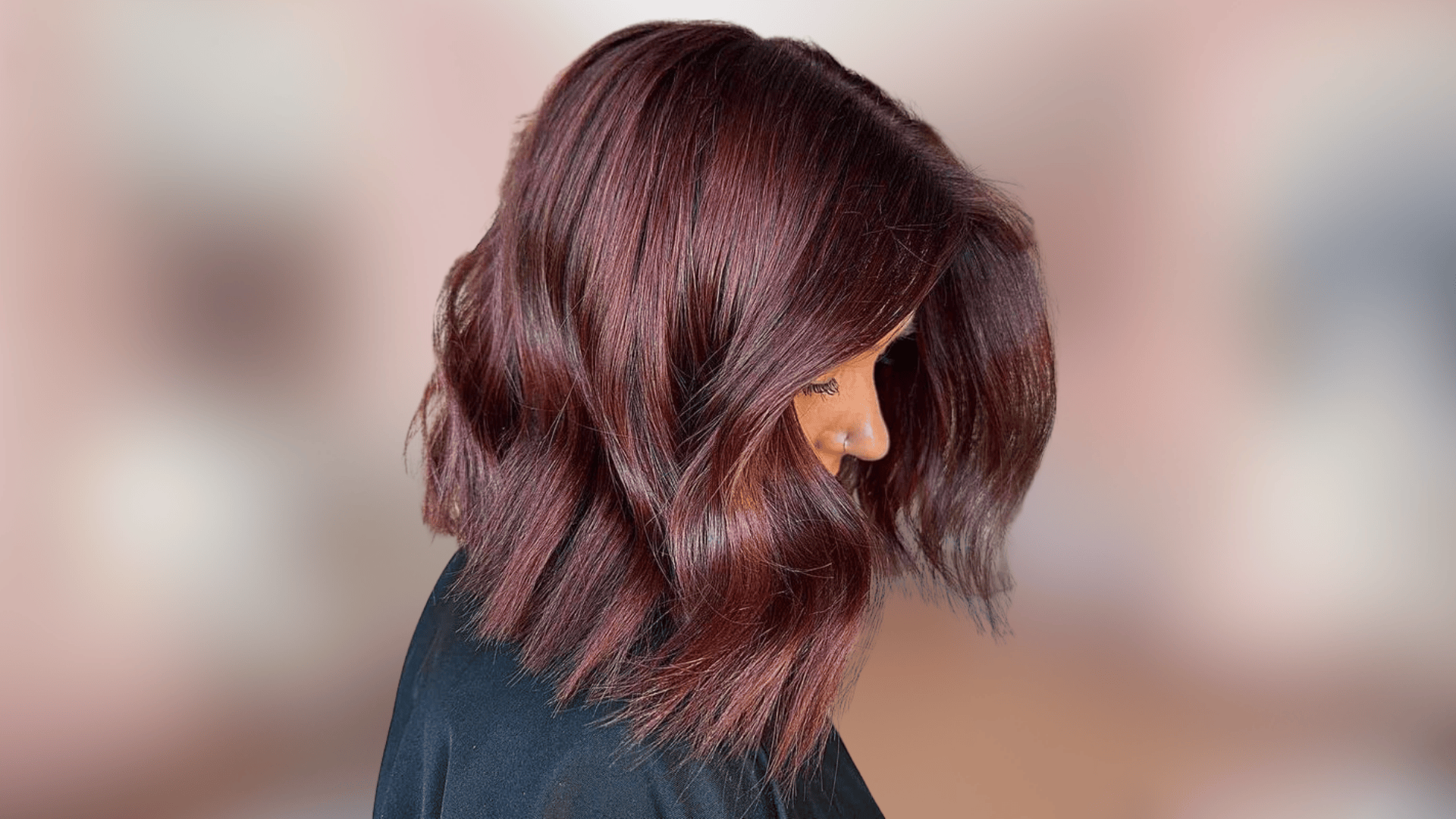
Dark Cherry Red is a bold, deep red with cherry undertones. This striking shade adds intensity and vibrancy while keeping a luxurious finish.
-
Best for: Intense red tones.
-
Perfect for: Dark skin tones and brown eyes.
33. Cinnamon Blonde (8.5)

Cinnamon Blonde Blonde golden blonde with warm, reddish-brown undertones. It’s perfect for adding vibrancy and warmth to blonde hair.
-
Best for: A rich, radiant blonde.
-
Perfect for: Warm to medium skin tones.
34. Smokey Grey (10.0)
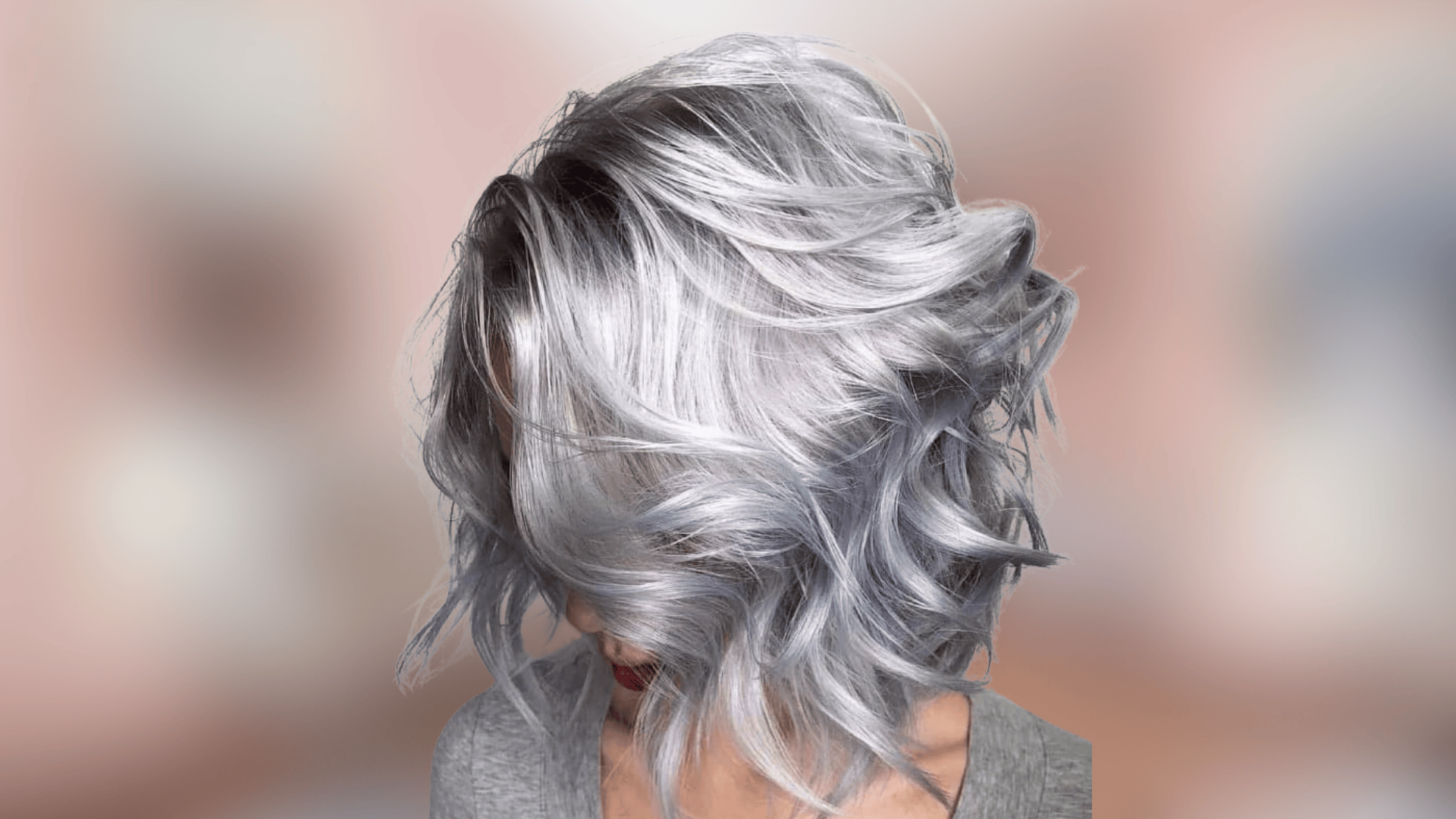
Smokey Grey offers a superb, ash grey finish with silver undertones, providing a bold, cool-toned hue that adds a unique twist.
-
Best for: Trendy, cool-toned grey shades.
-
Perfect for: Fair skin tones and cool complexions.
35. Copper Blonde (6.3)

Copper Blonde offers a vibrant blonde with copper undertones. It’s perfect for adding warmth and brightness while maintaining a sunny, natural appearance.
-
Best for: Warm, bright tones.
-
Perfect for: Medium to light skin tones.
36. Light Rose Blonde (9.4)

Light Rose Blonde combines blonde with soft pink, creating a gentle, feminine touch. This pastel blonde with a hint of pink is perfect for those seeking a subtle colour.
-
Best for: A gentle pastel pink blonde.
-
Perfect for: Cool, fair skin tones.
37. Soft Peach Blonde (8.5)
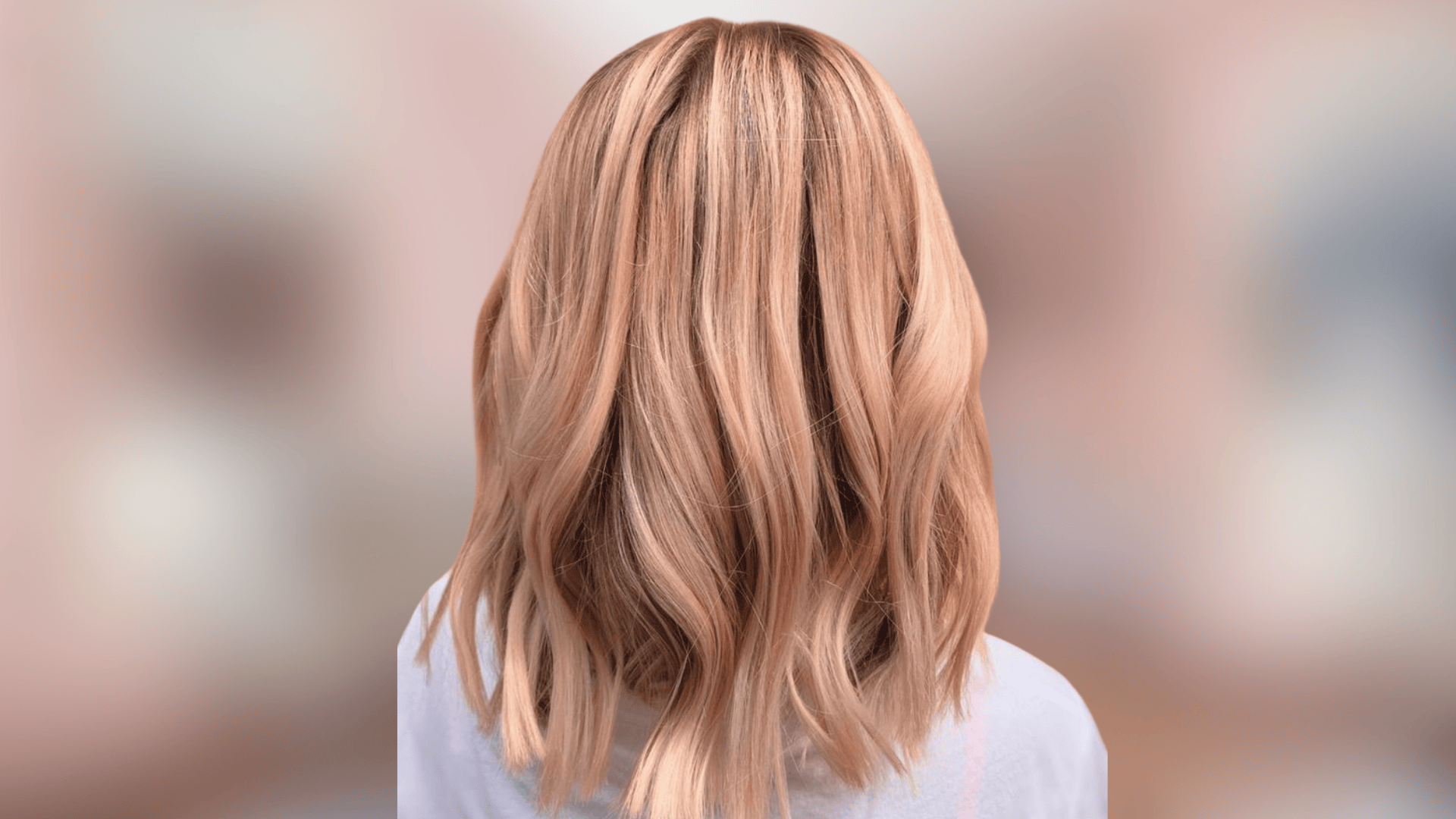
Soft Peach Blonde offers a pastel, peachy tone blended with blonde. It’s a fresh and playful hue with a natural warmth that works well in the spring and summer.
-
Best for: Subtle pastel peach tones.
-
Perfect for: Light to medium skin tones.
38. Frosted Blonde (9.1)

Frosted blonde is an incredible, icy blonde with a frosted finish, perfect for creating a bright, modern blonde with a touch of elegance.
-
Best for: Bright, icy blonde looks.
-
Perfect for: Fair skin tones.
39. Dark Mahogany (5.4)
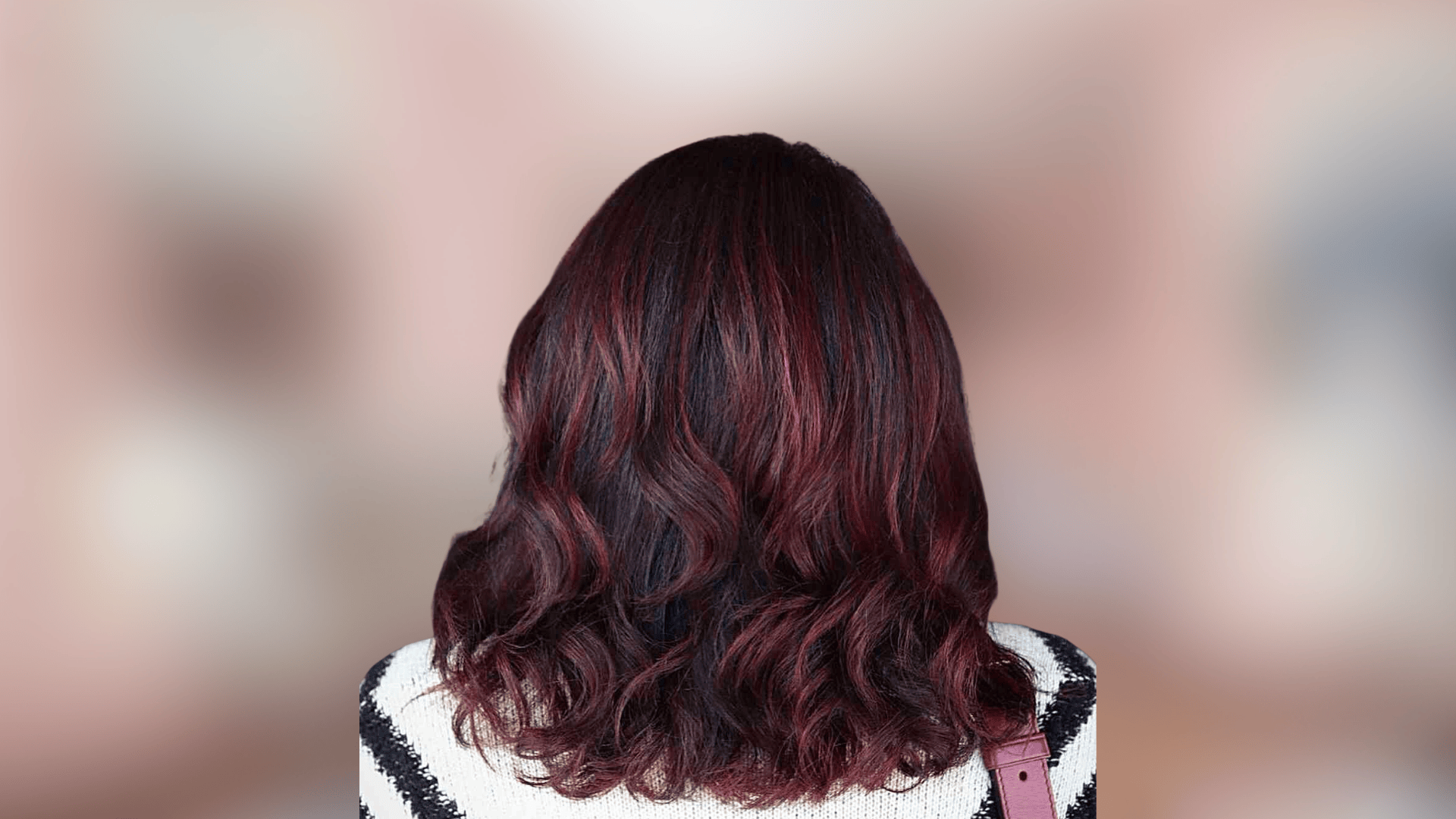
Dark Mahogany provides a rich, dark brown with mahogany undertones, creating a deep, luxurious shade that’s perfect for those seeking warmth and depth.
-
Best for: Deep, reddish-brown shades.
-
Perfect for: Warm skin tones.
40. Smoky Lavender (9.2)

Smoky Lavender combines an ashy, incredible blonde with a touch of lavender, offering a unique, edgy look that’s perfect for those who love to experiment with pastel hues.
-
Best for: Trendy, pastel shades with a smoky effect.
-
Perfect for: Fair skin tones and cool complexions.
41. Coral Red (6.6)
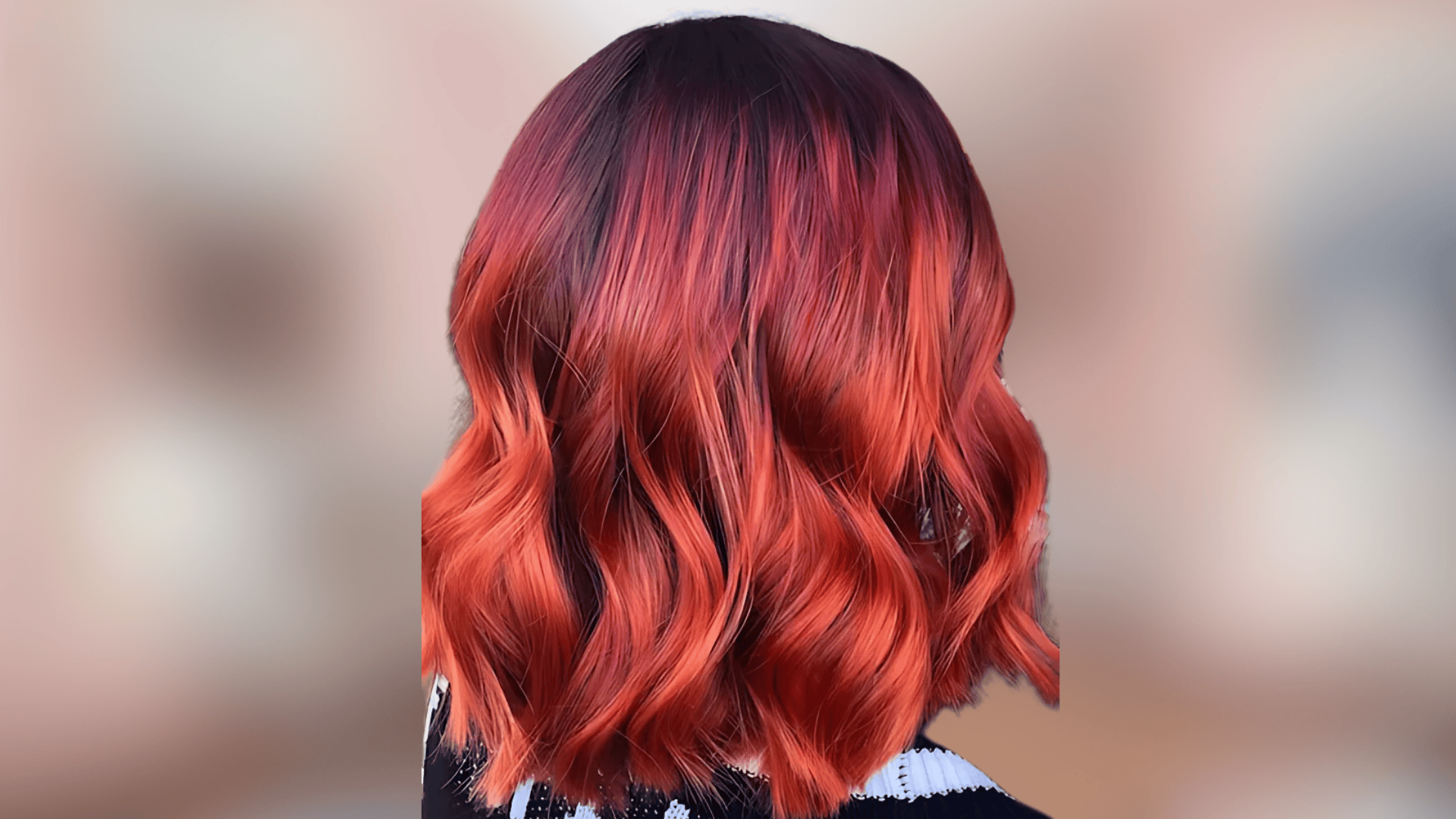
Coral Red combines red and orange to give a fiery, vibrant hue. This striking colour is perfect for anyone looking to make a bold statement with their hair.
-
Best for: Bold, striking red-orange hues.
-
Perfect for: Warm skin tones.
42. Smoky Teal Blonde (9.2)
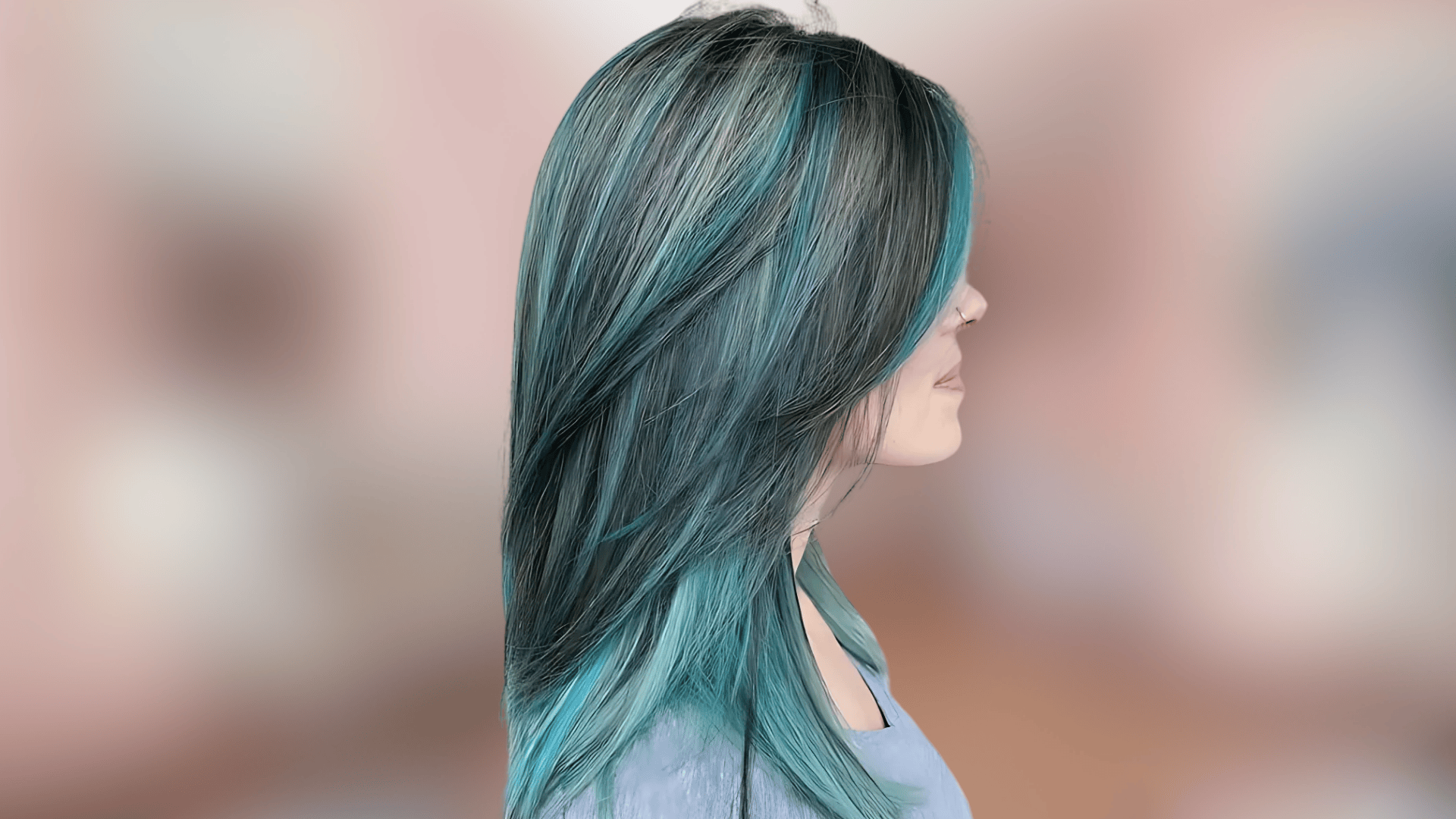
Smoky Teal Blonde combines an ashy, smoky finish with teal undertones, offering a bold, cool-toned hue with a unique twist.
-
Best for: Bold, edgy colours.
-
Perfect for: Light to medium skin tones.
43. Silver Blonde (9.2)
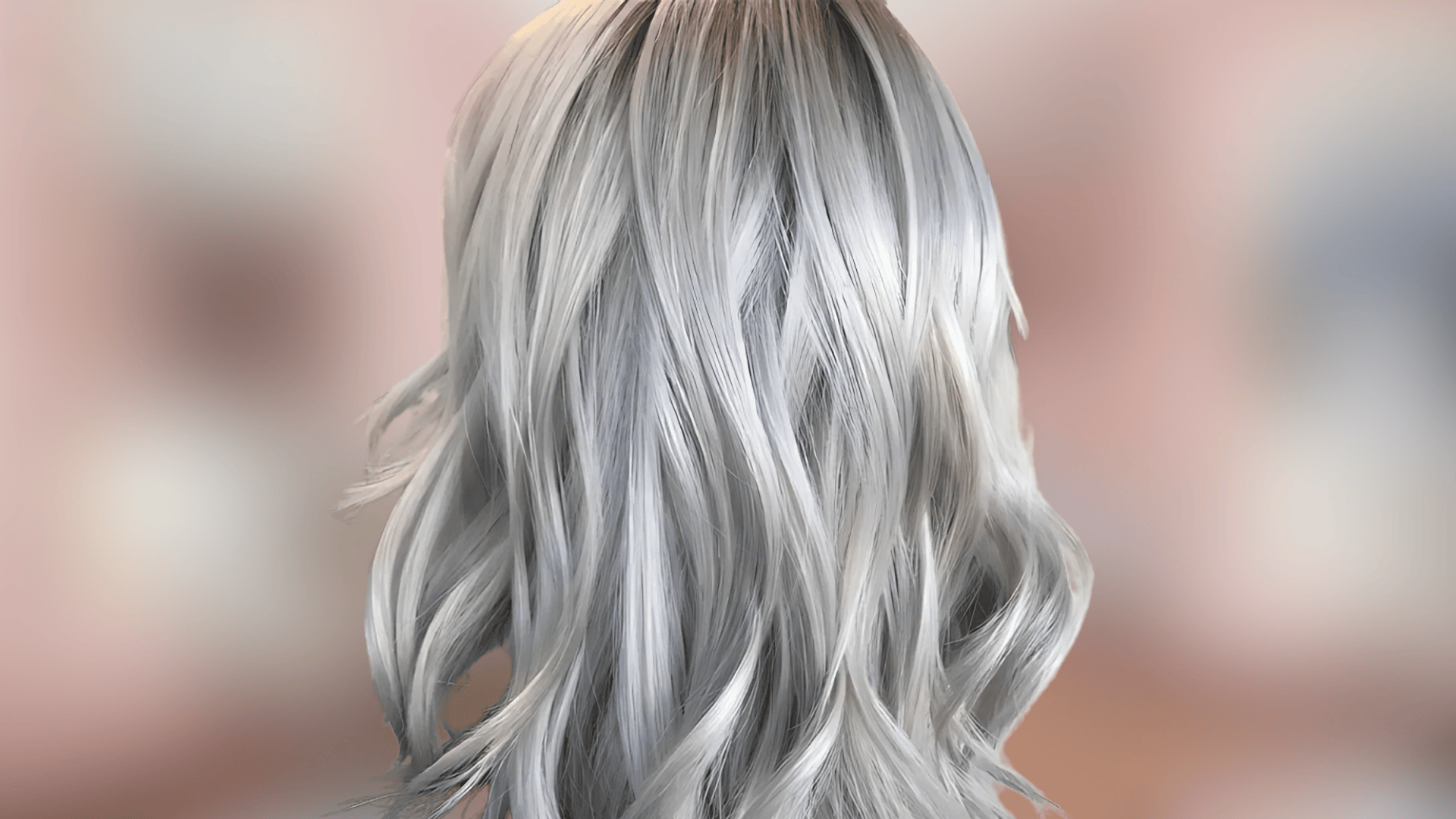
Silver Blonde is a light blonde with silver undertones, offering a chic and modern finish. This metallic shade is perfect for a striking, cool-toned blonde look.
-
Best for: A trendy, chic silver blonde.
-
Perfect for: Cool to neutral skin tones.
44. Golden Copper (7.3)
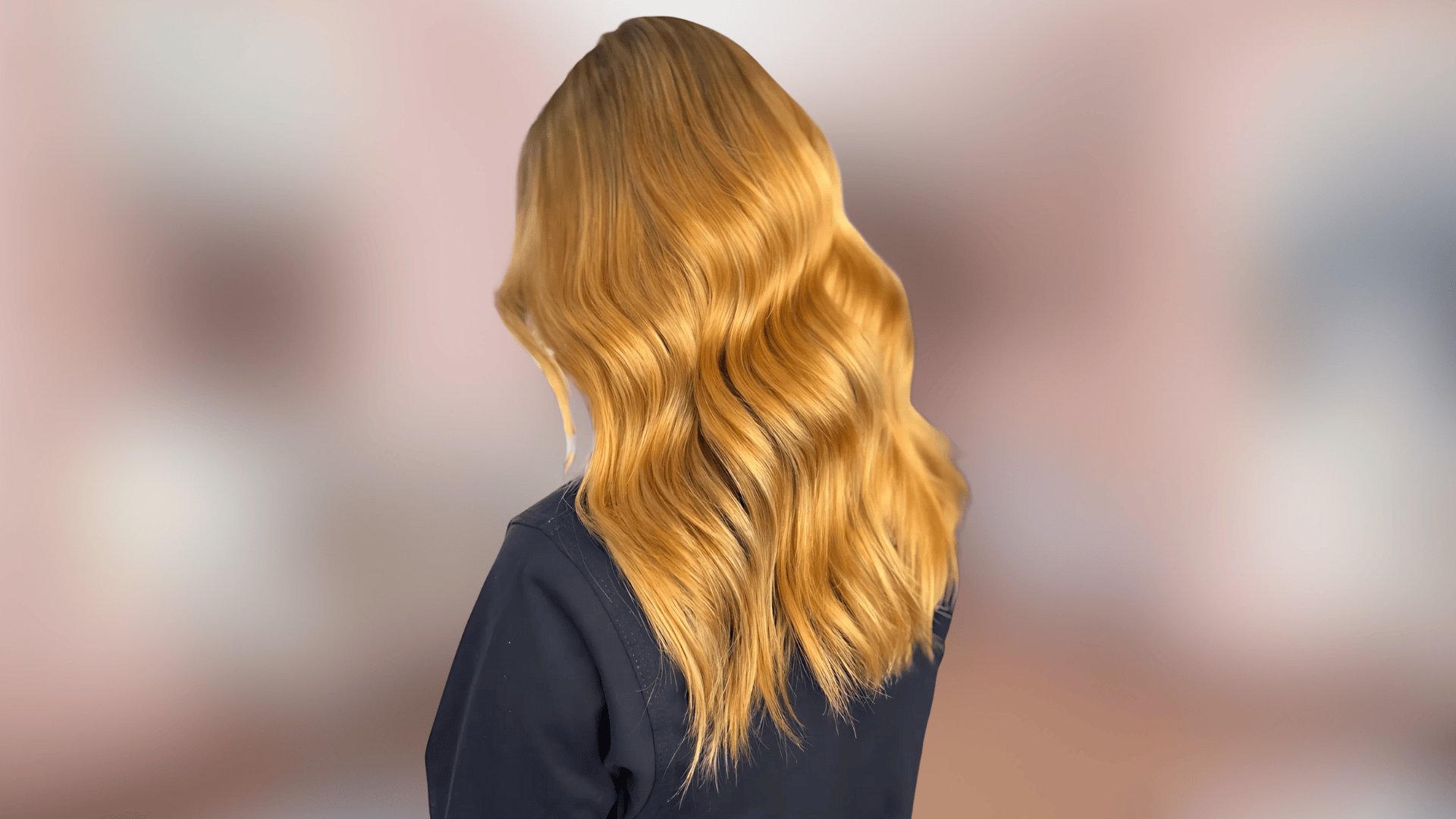
Golden Copper is a vibrant mix of golden and copper tones, offering a warm, fiery hue. It provides a beautiful, radiant look with both warmth and depth.
-
Best for: Bold, vibrant copper tones.
-
Perfect for: Warm skin tones and light to medium complexions.
45. Warm Chocolate (5.3)
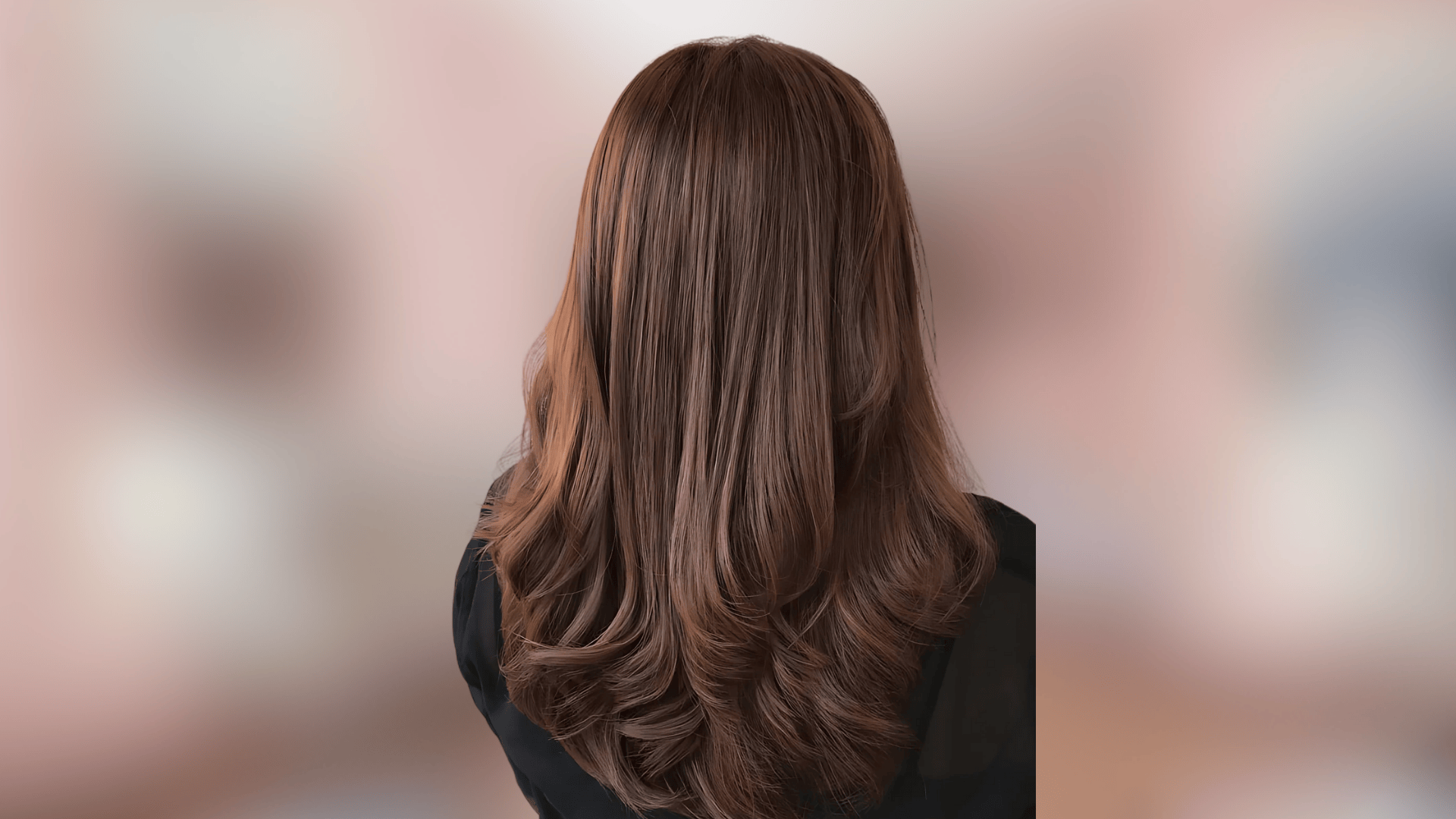
Warm Chocolate is a rich brown with soft, reddish undertones, creating a deep, natural brown shade that exudes warmth. It adds a suave richness to the hair.
-
Best suited for: Those seeking a rich, natural brown.
-
Perfect for: Medium to dark skin tones.
46. Amber Blonde (8.2)
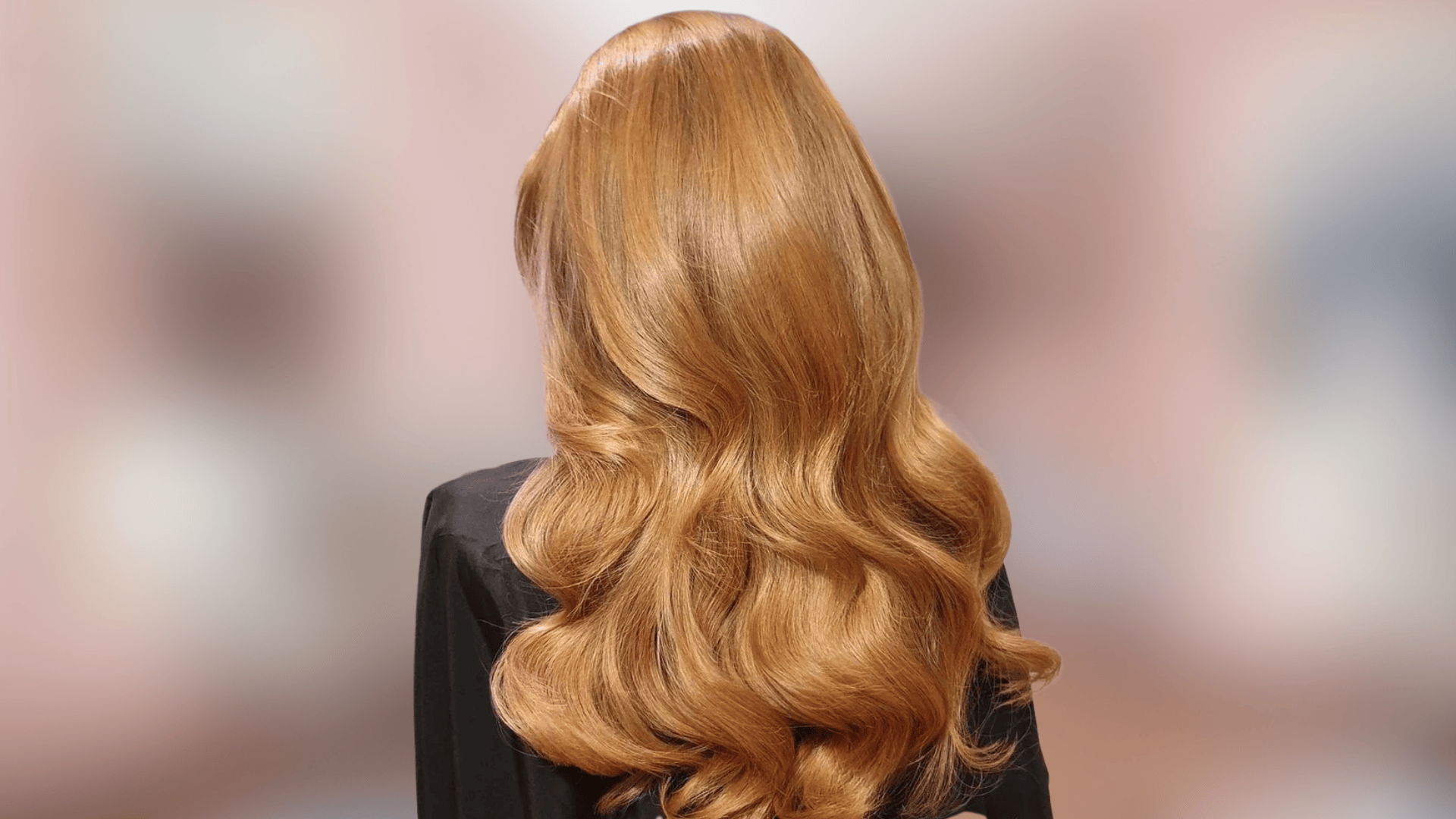
Amber Blonde offers a soft, golden blonde with amber undertones, providing a warm and radiant glow. It’s perfect for those who want to brighten their hair with a smooth, sunny hue.
-
Best for: Warm and radiant blonde tones.
-
Perfect for: Medium to light skin tones.
47. Frosted Lavender (9.5)

Frosted lavender combines a soft lavender shade with cool, frosty undertones. It provides a trendy, pastel finish perfect for a bold, yet soft look.
-
Best for: Subtle pastel shades.
-
Perfect for: Fair skin tones with cool undertones.
48. Sunlit Copper (7.6)
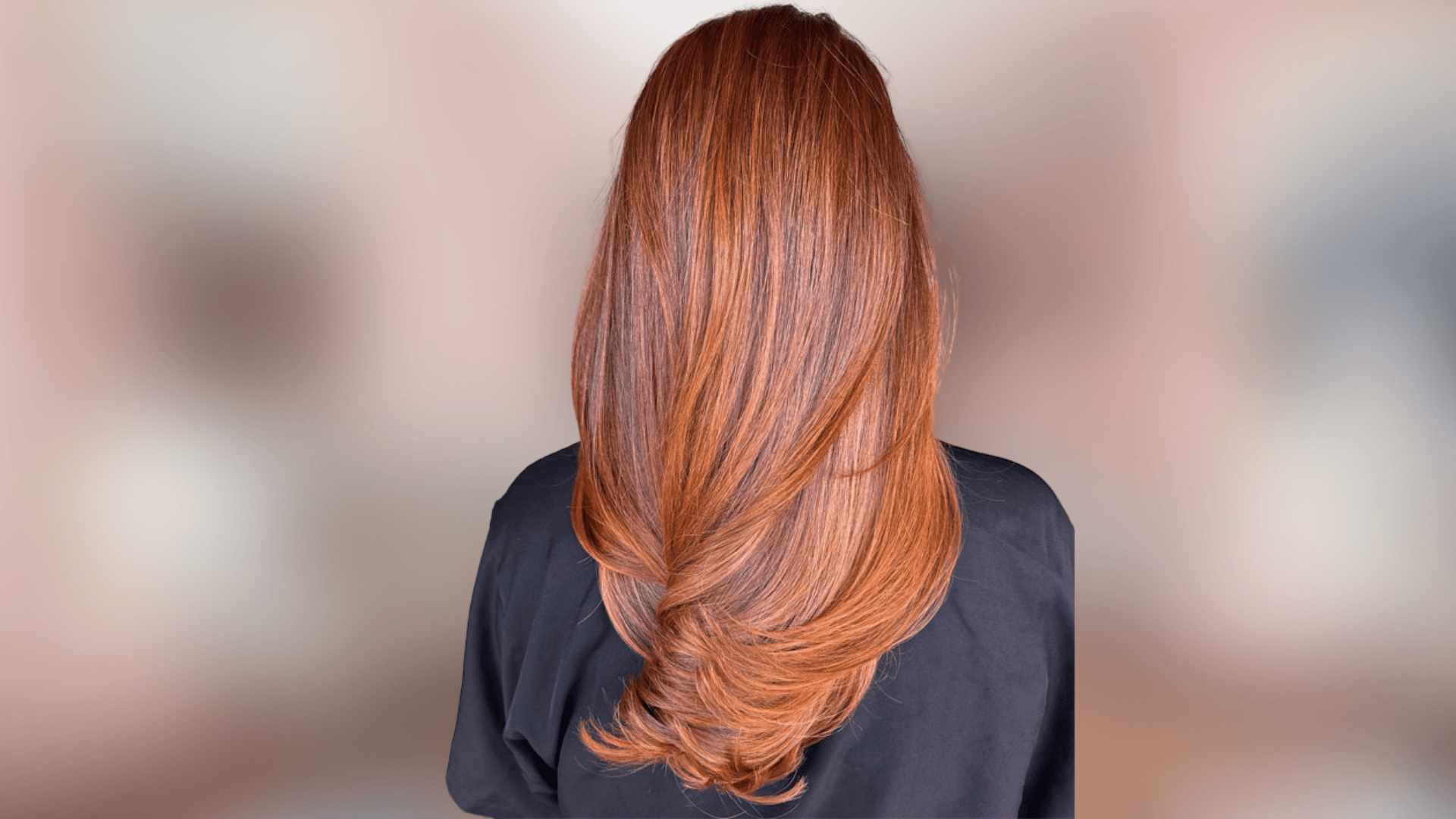
Sunlit Copper is a warm, golden copper shade that shines brightly with sun-kissed tones. It’s perfect for those wanting to add vibrancy without being too bold.
-
Best for: Vibrant, golden copper tones.
-
Perfect for: Medium to warm skin tones.
49. Deep Ruby (5.7)
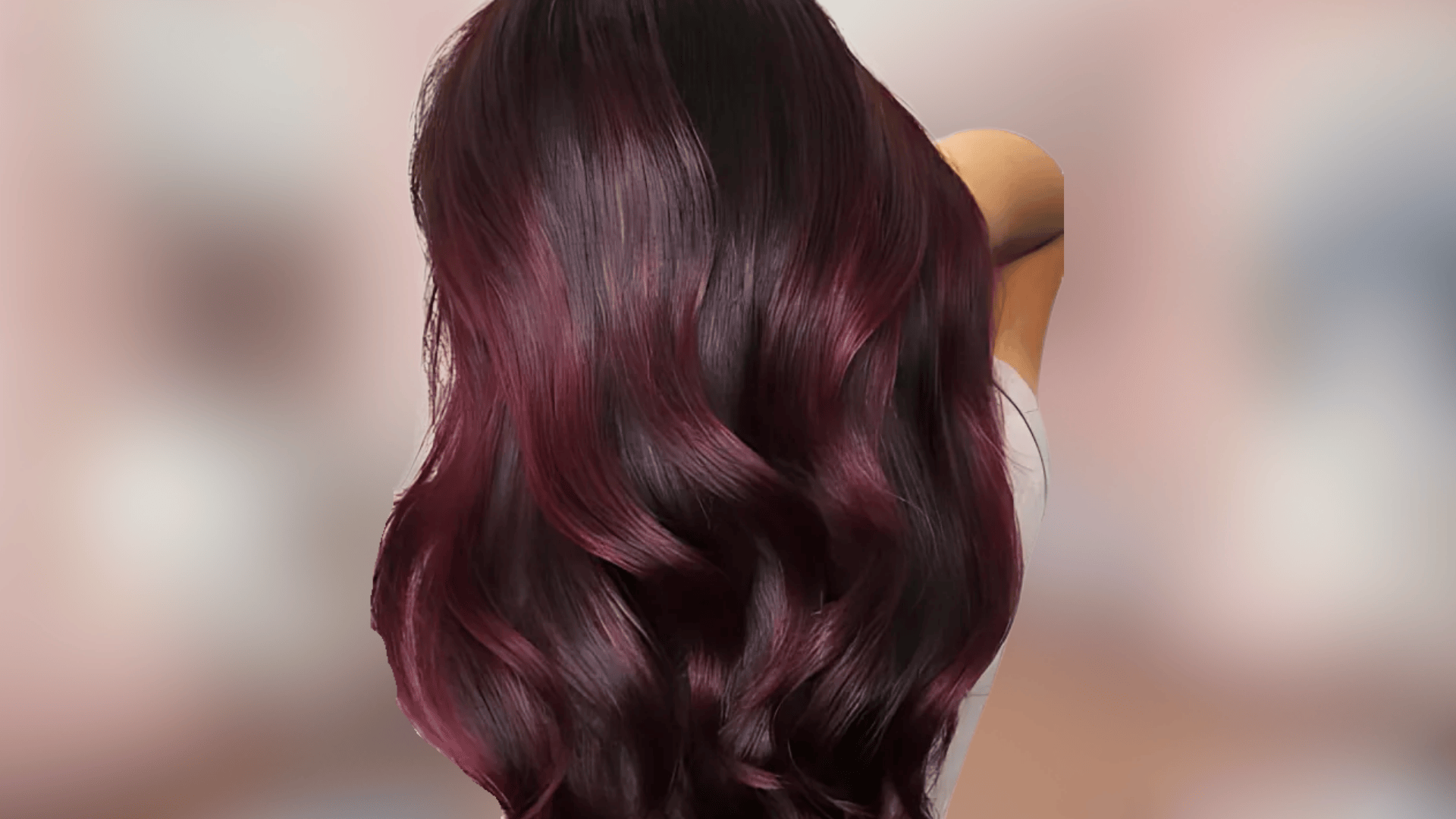
Deep Ruby is a striking, dark red with deep ruby undertones. It provides a bold, rich finish with vibrant red shades that stand out.
-
Best suited for: Bold, rich red tones.
-
Perfect for: Medium to dark skin tones.
50. Lavender Blonde (8.11)
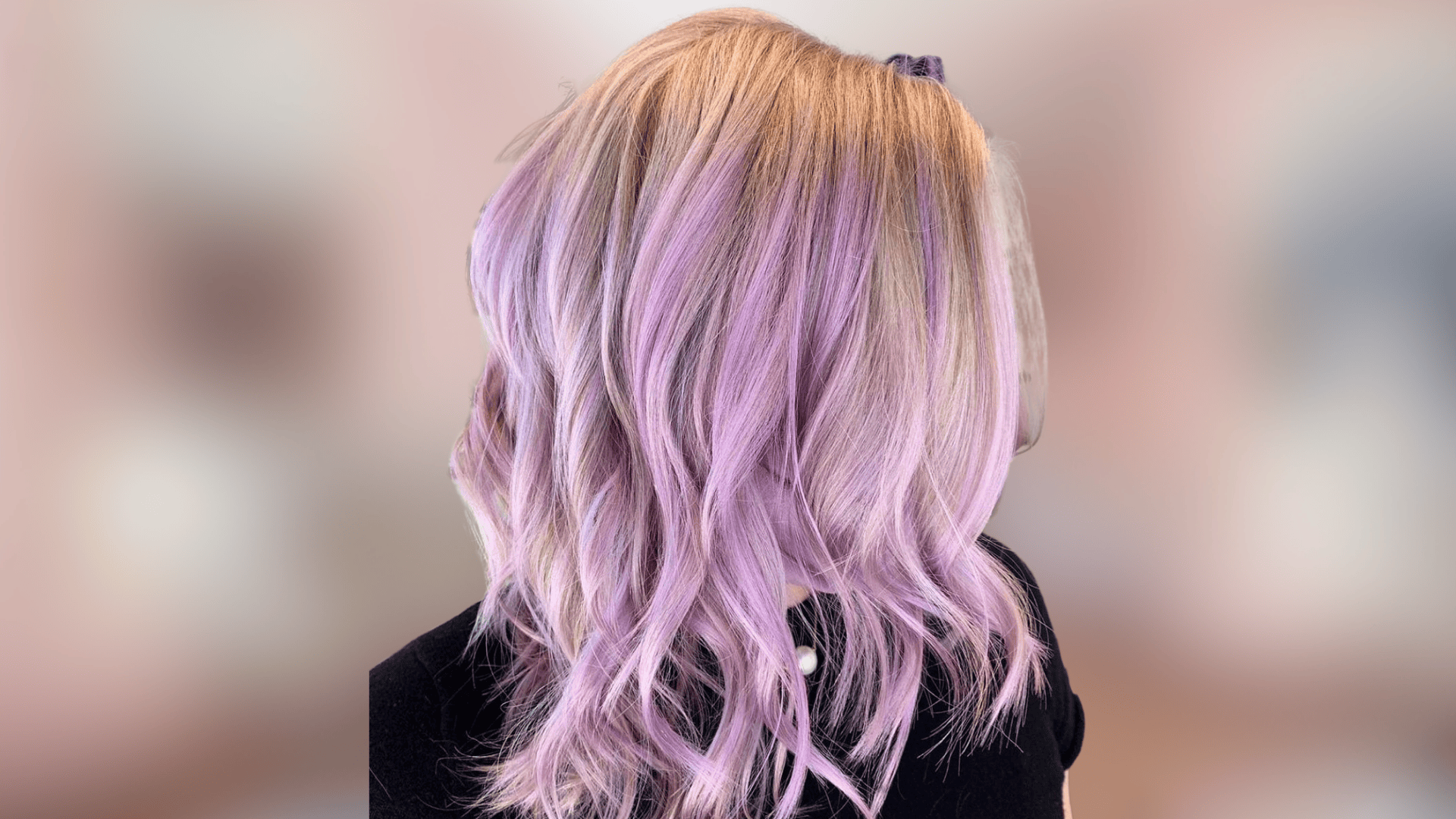
Lavender Blonde features a mix of soft blonde with subtle lavender hints. It gives a nuanced, cool-toned pastel look with a stylish, understated twist.
-
Best for: Cool, pastel shades.
-
Perfect for: Fair skin tones with pink or neutral undertones.
Tips for Choosing Your Perfect Hair Color
Finding the right hair color involves more than just picking a shade you like – it’s about choosing colors that work with your natural features and lifestyle.
These practical tips will help you make smart decisions that you’ll love for months to come.
1. Consider Your Skin Tone
Warm skin tones have golden, yellow, or peachy undertones and look great with colors that complement their natural wBlonde
- GoldeBlonde and caramel brown – enhance the natural glow and create a sun-kissed appearance
- Auburn red and copper tones – bring out richness while adding vibrancy
Cool skin tones have pink, blue, or purple undertones and shine with colors that match their cooler base:
- Ash blonde and platinum blonde – neutralize warmth for crisp, striking contrast
- Cool brown and burgundy red – maintain sophistication without clashing
Neutral skin tones have a balanced mix of warm and cool undertones, giving them the most flexibility:
- Most colors work beautifully with natural shades, providing effortless elegance
- Balanced tones offer versatility for any season or style preference
2. Think About Maintenance
Some colors need more care than others, so consider your lifestyle and commitment level:
Low-maintenance colors grow out gracefully and require fewer touch-ups:
- Natural browns and dark colors close to your natural shade hide regrowth longer
- Colors with neutral tones fade more evenly over time
High-maintenance colors require regular salon visits and special care:
- Platinum blonde needs frequent toning to prevent brassiness and show roots faster
- Bright fashion colors fade quickly and need regular refreshing
3. Start Small
If you’re nervous about a significant change, ease into your new look gradually:
- Try highlights first or choose colors close to your natural shade for subtle enhancement
- Test with temporary color or ask for a professional consultation to discuss realistic expectations
Recommended Hair Color Care Products
To maintain your perfect hair color from the chart, these professional-grade products will protect your investment and keep your shade vibrant between salon visits.
Each brand offers specialized formulations designed to work with specific color levels and tones.
1. The Shade
Colour Protection Shampoo & Conditioner Duo – Features pomegranate extract and grape seed oil for intensive conditioning of color-treated hair. Ammonia-free formula with botanical extracts provides salon-quality maintenance at home.
Regular Colour Kit – Contains vivid violet pigments to neutralize brassiness in blonde hair. Italian-manufactured formula offers 100% grey coverage with PPD-free ingredients.
2. CPR
Colour Anti-Fade Shampoo– A sulphate-free formula with UV filters, specifically designed for Australian climate conditions. Contains cell repair proteins and natural botanicals for superior color protection.
Serious Blonde Intensive Toning Masque – Professional-strength violet and blue micro-pigments with flexible 5-15 minute processing times. Features 360° Shine Complex for blonde vibrancy and tone correction.
3. Wella
ColorMotion+ Color Protection Shampoo & Conditioner Duo – Professional treatment with WellaPlex+ bond-building technology for color protection and strengthening. Provides up to 8 weeks of color protection with 99% less breakage in damaged color-treated hair.
ColorMotion+ Structure Mask – An intensive treatment mask featuring antioxidants and metal purifier technology. Creates 12x smoother hair while locking in color vibrancy and protecting against environmental damage.
4. Lakmé Chroma
TEKNIA Color Stay Shampoo & Conditioner – Acidic pH formulations that seal cuticles for 50% more color protection. Incorporates organic acai and sunflower seed extract with up to 99% derived ingredients.
TEKNIA Deep Care Shampoo & Conditioner – Strengthens internal hair bonds with paraben-free, mineral oil-free formula. A plant-derived molecule system provides intensive repair for damaged, color-treated hair.
How to Use This Information
Now that you understand hair color charts, here’s how to use this knowledge:
- Look at your natural hair color – What level is it? This helps you know the amount of work required.
- Decide on your goal – Do you want to go lighter, darker, or change the tone?
- Consider your lifestyle – How much time do you want to spend on maintenance?
- Test first – Try a small section or use temporary color to see if you like it.
- Talk to a professional – Show them the exact shade from a color chart.
Common Mistakes to Avoid
Even with the best intentions, many people make simple mistakes that can lead to disappointing hair color results.
Learning about these common pitfalls will help you avoid costly errors and achieve the beautiful color you’re dreaming of.
| Mistake | Why It Matters | What To Do Instead |
|---|---|---|
| Skipping the patch test | Can cause severe allergic reactions | Always test 24 hours before coloring |
| Going too extreme at once | It can severely damage your hair | Make significant changes gradually over time |
| Ignoring natural undertones | Creates unflattering color combinations | Please work with your undertones, not against them |
| Forgetting about eyebrows | Mismatched brows look unnatural | Adjust brow color to complement new hair |
| Coloring damaged hair | Poor color absorption and uneven results | Repair hair health before coloring |
Pro Tip: Take a photo of your desired hair color in natural lighting to show your stylist. Phone screens and magazine prints can display colors differently than they appear, leading to miscommunication about your goals.
Conclusive Thoughts
Mastering the art of reading a hair colour chart is akin to possessing a superpower in the world of beauty. No more pointing at random pictures or hoping your stylist reads your mind.
If you fall in love with a shade from CPR’s extensive range, Wella’s professional collection, or discover something perfect from The Shade or Lakmé Chroma, you now have the tools to make it happen.
The difference between a hair color disaster and your dream look often comes down to understanding these simple charts.
Armed with this knowledge, you’re ready to achieve that perfect color that makes you feel like the best version of yourself.
Ready to become a hair color expert? Book your appointment and bring this guide along with you.

